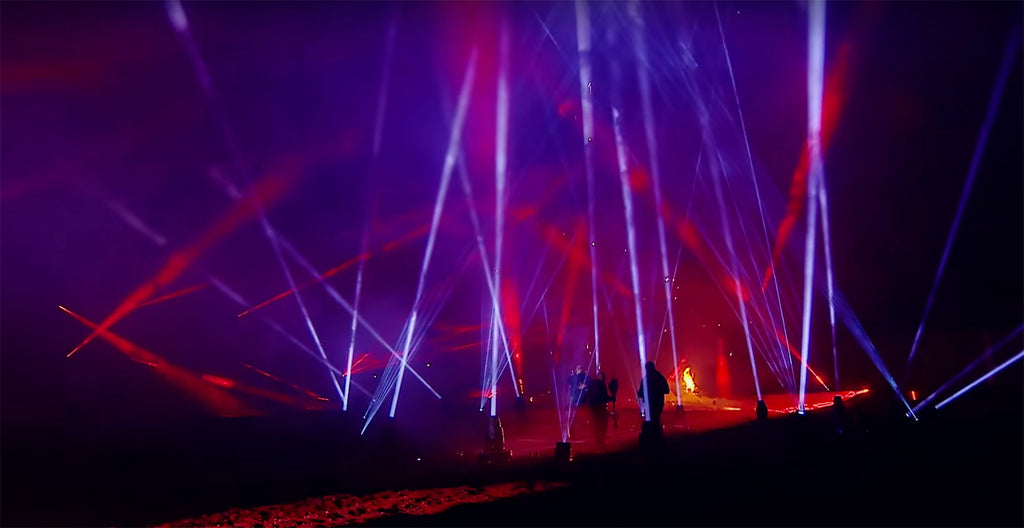Alain Corthout Balances Diverse Los 40 Music Award Show With ChamSys MagicQ MQ500M
MADRID – “Music Inspires Life,” so went a slogan created a few years ago for radio network Los 40. In the process, the sweet sounds and beautiful harmonies that fall under the umbrella of “music,” also inspires a wonderfully rich level of diversity. This is clearly evident in the story of this global broadcasting behemoth, which has affiliates in 20 countries, airing songs in both Spanish and English.
Fittingly, the 17th edition of the network’s Los 40 Awards Show showcased a wide range of talent representing a broad mix of musical styles and personalities. Taking place at the 17,00-capacity WiZink Center in the historic center of Madrid, the show celebrated the achievements of artists, ranging from Rosalia and Adele to Yungbood and Bad Gyal, to The Black Eyed Peas and Dani Martin.
The eclectic mix of artists appearing during the ceremonies satisfied fans’ taste for a variety, but the breadth and sheer number of performances on stage presented a challenge for lighting designer Alain Corthout and his team.
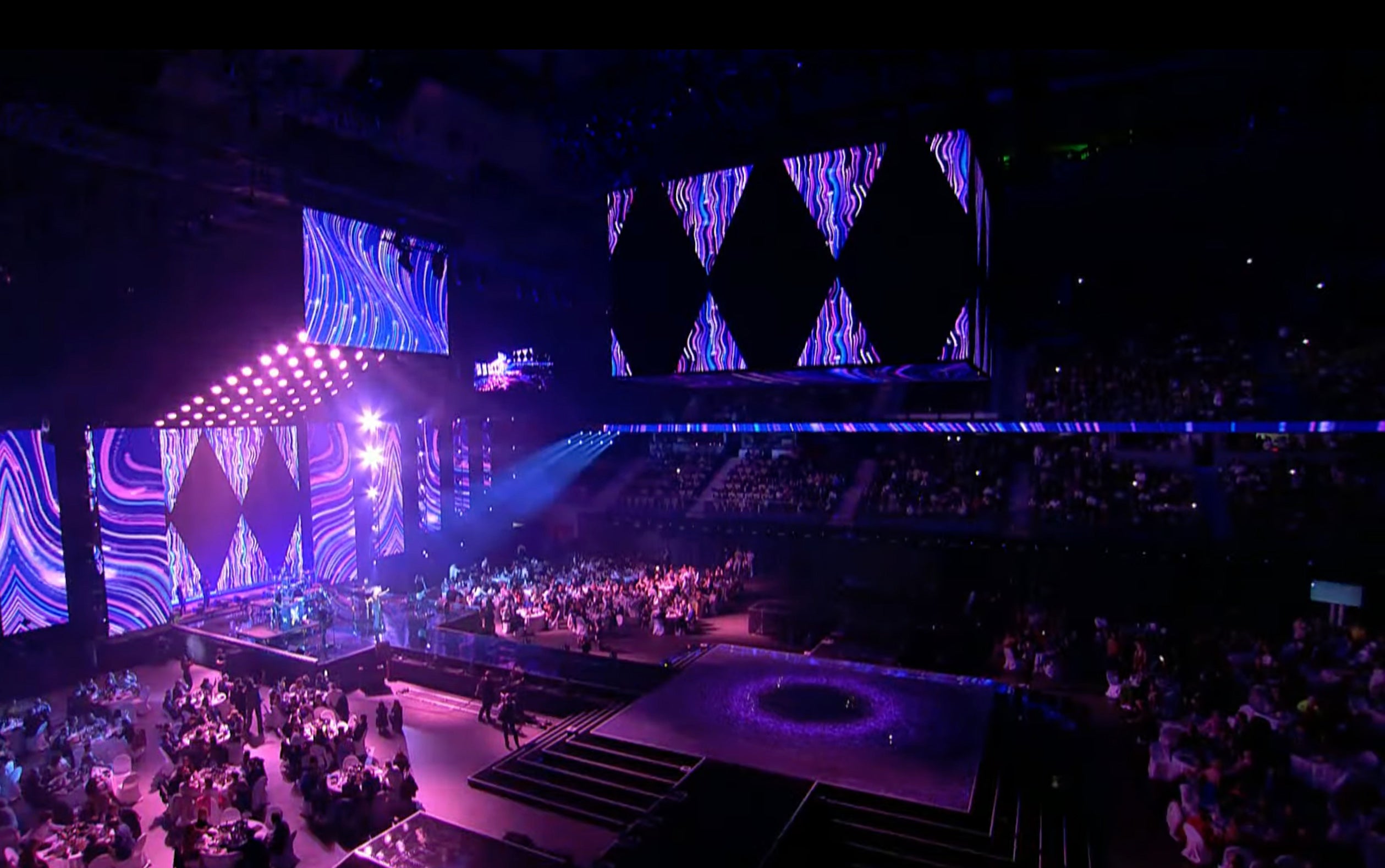
“This was a big production,” said Corthout. “We had over nine different types of spots and six types of washes, so we had to keep things simple to avoid becoming messy. We also had to be fast, due to the number of acts and the volume of last minute changes.”
Helping Corthout meet these challenges were his two ChamSys MagicQ MQ500M Stadium consoles supplied by Fluge, the main rental company for the show. “Our ChamSys desks have been a great asset in this project,” he said. “The programming speed we can achieve with it was a game changer; we got so much music last minute, so we had to be very quick.
“The way we can timecode Cue Stacks in ChamSys is really fast,” continue Corthout. “We had our two MQ500M desks in a master-slave setup which works perfectly to keep things moving fast. To give you an idea of the our speed, there were short clips between the musical performances and the actual award presentations, and we were able to transition from one to the other in only two seconds.”
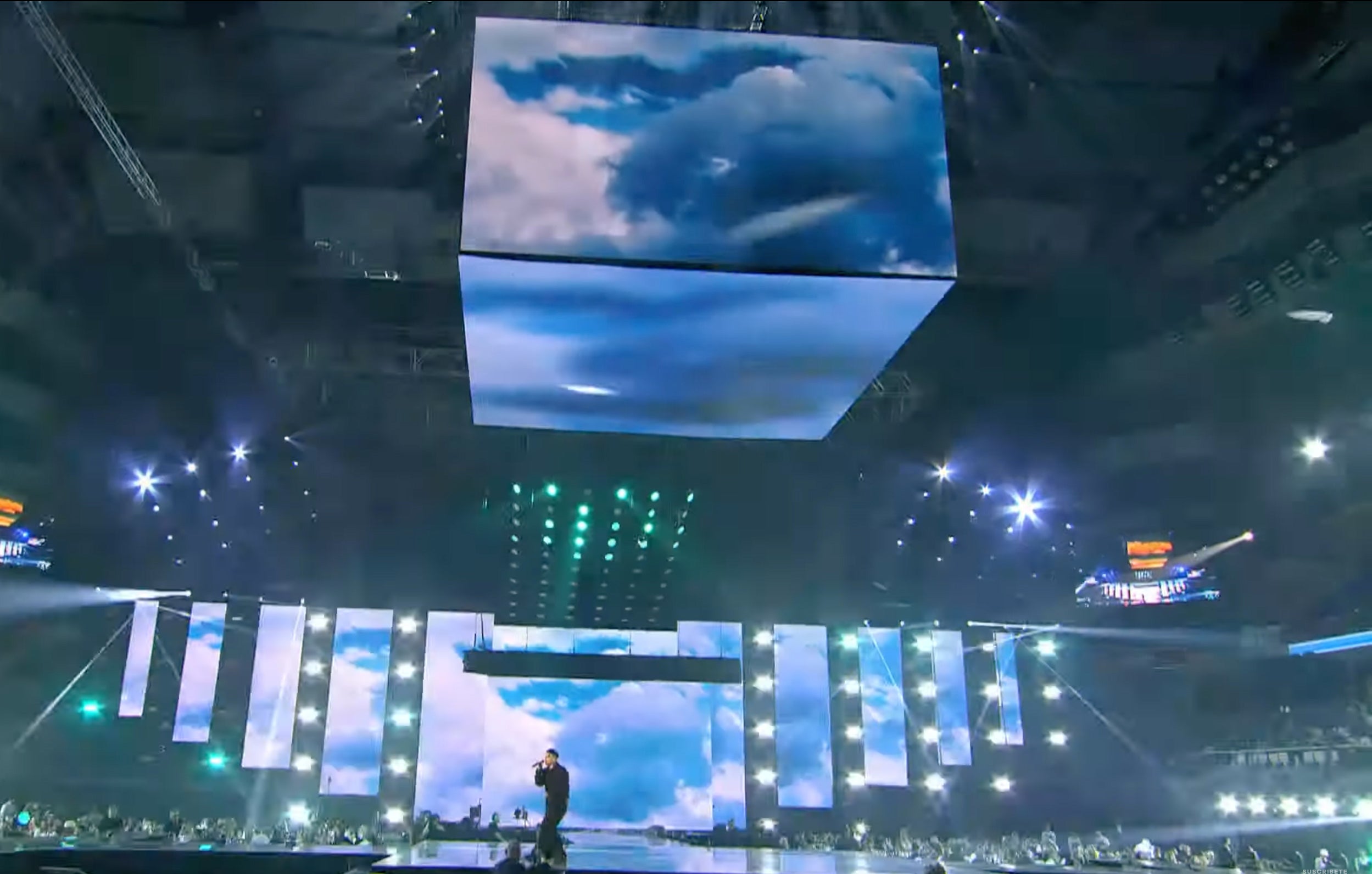
Corthout notes that the color function of the faders on the MQ500M was essential. “We needed to have a lot of faders for quick access, “ he recalled. “Because of this, the color function of the faders came in really handy; it made it really easy for us to see instantly which fader to touch.”
Working with Timothy De Mets, Arf&Yes, the first programmer/operator, and Mario Lopez Fernandez, Magic Studio, assistant programmer/operator, Corthout programmed the Los 40 show in Capture, Depence & Vectorworks. “ChamSys worked perfectly with the visualisers,” he said. “The connection was flawless!”
Drawing on the performance features of his consoles, and collaboration with his talented team Corthout was able to achieve a harmonious balance in his show, creating dynamic looks for each song without losing anything in key lighting. Embraced by his big immersive design, every facet of this diverse show flourished.
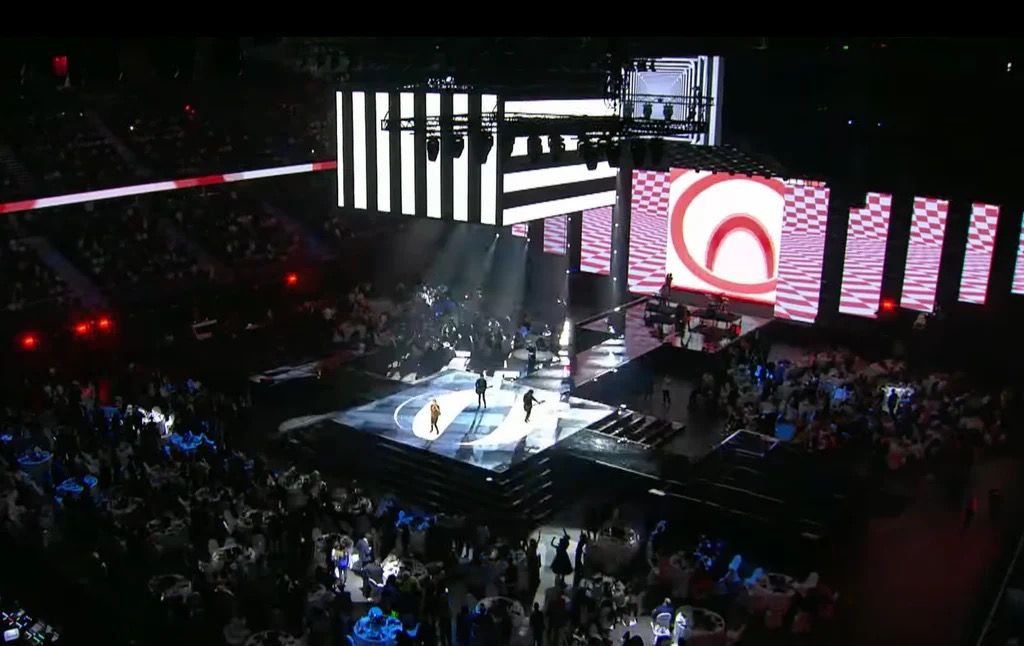
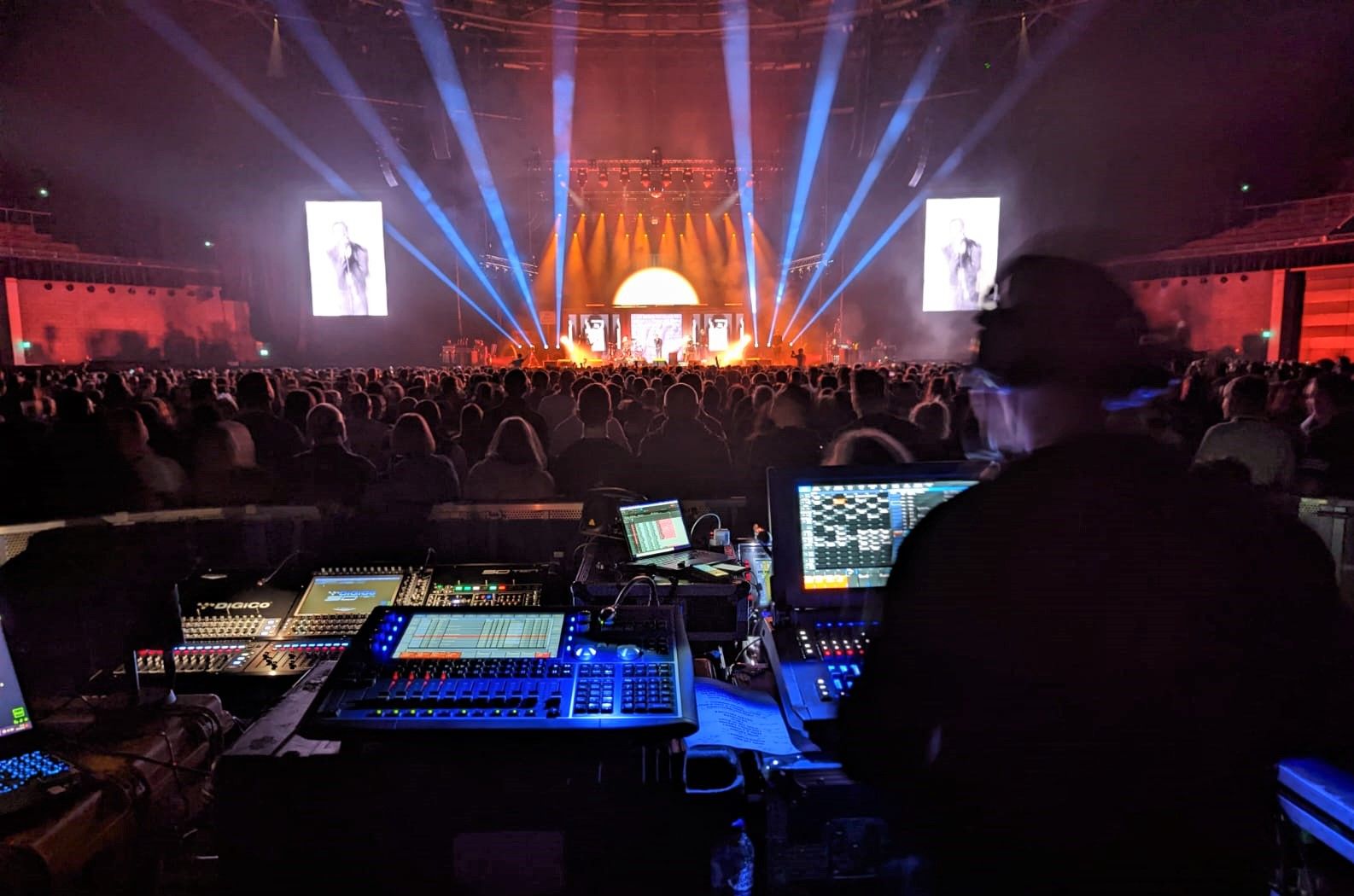
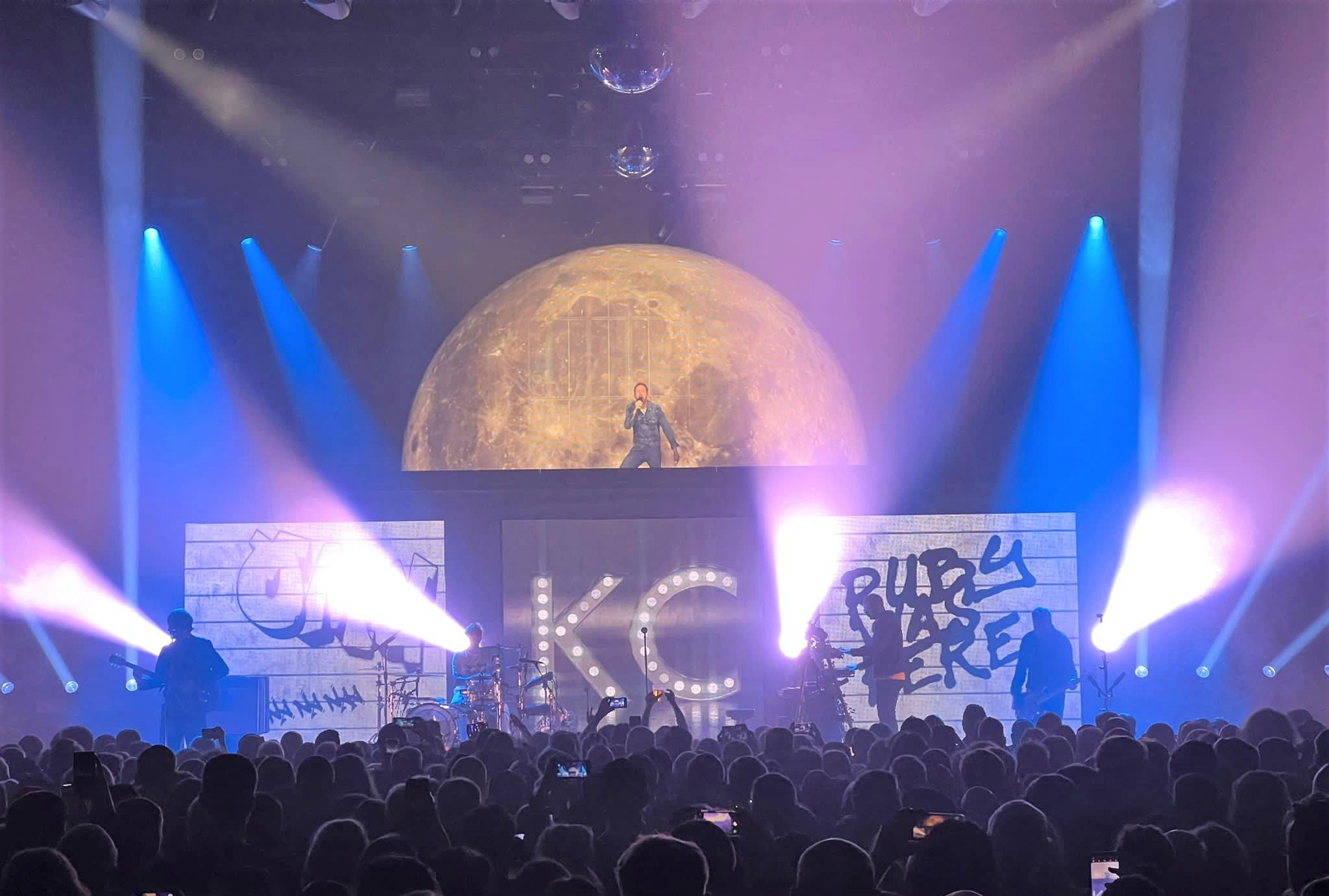
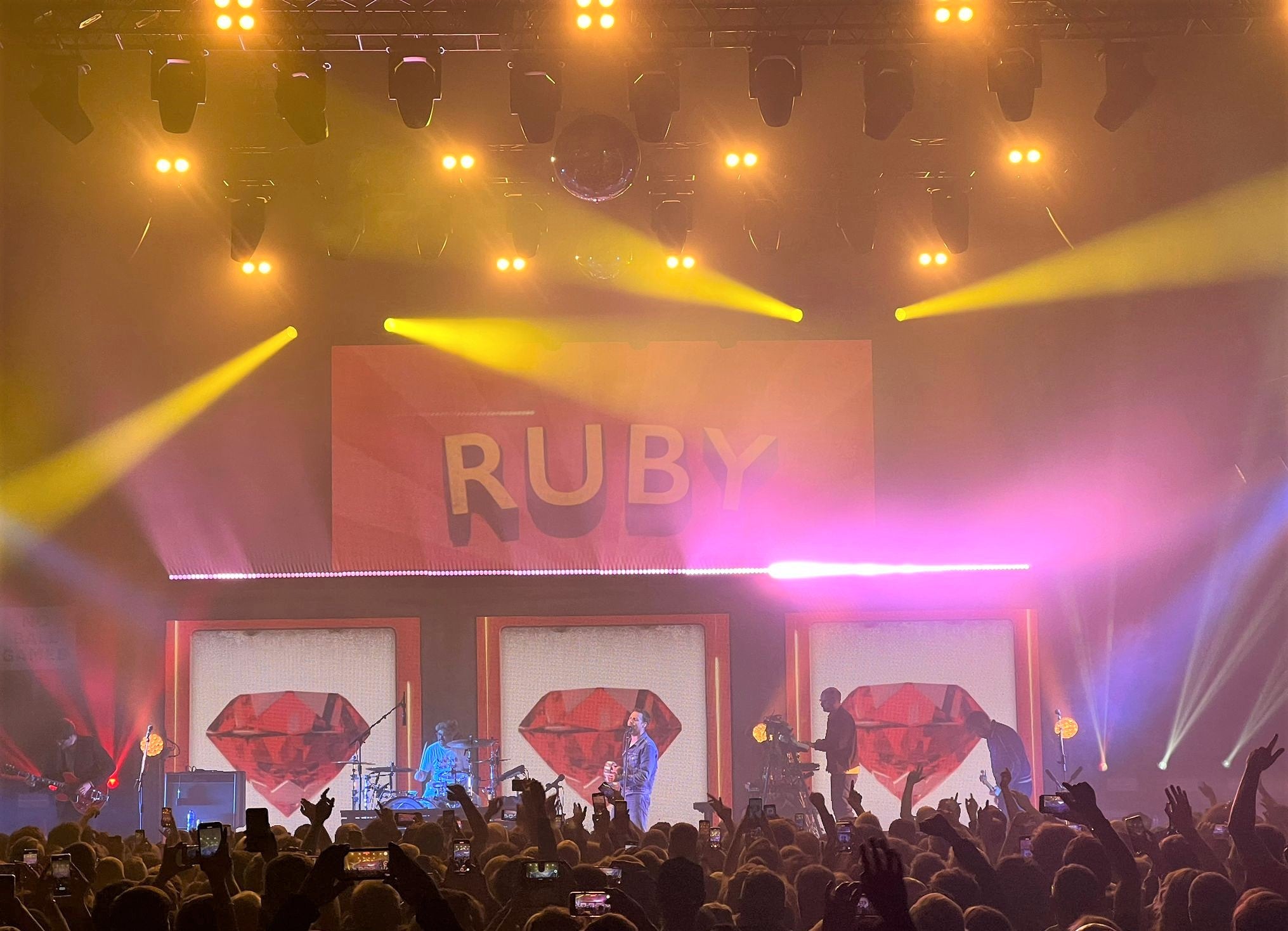
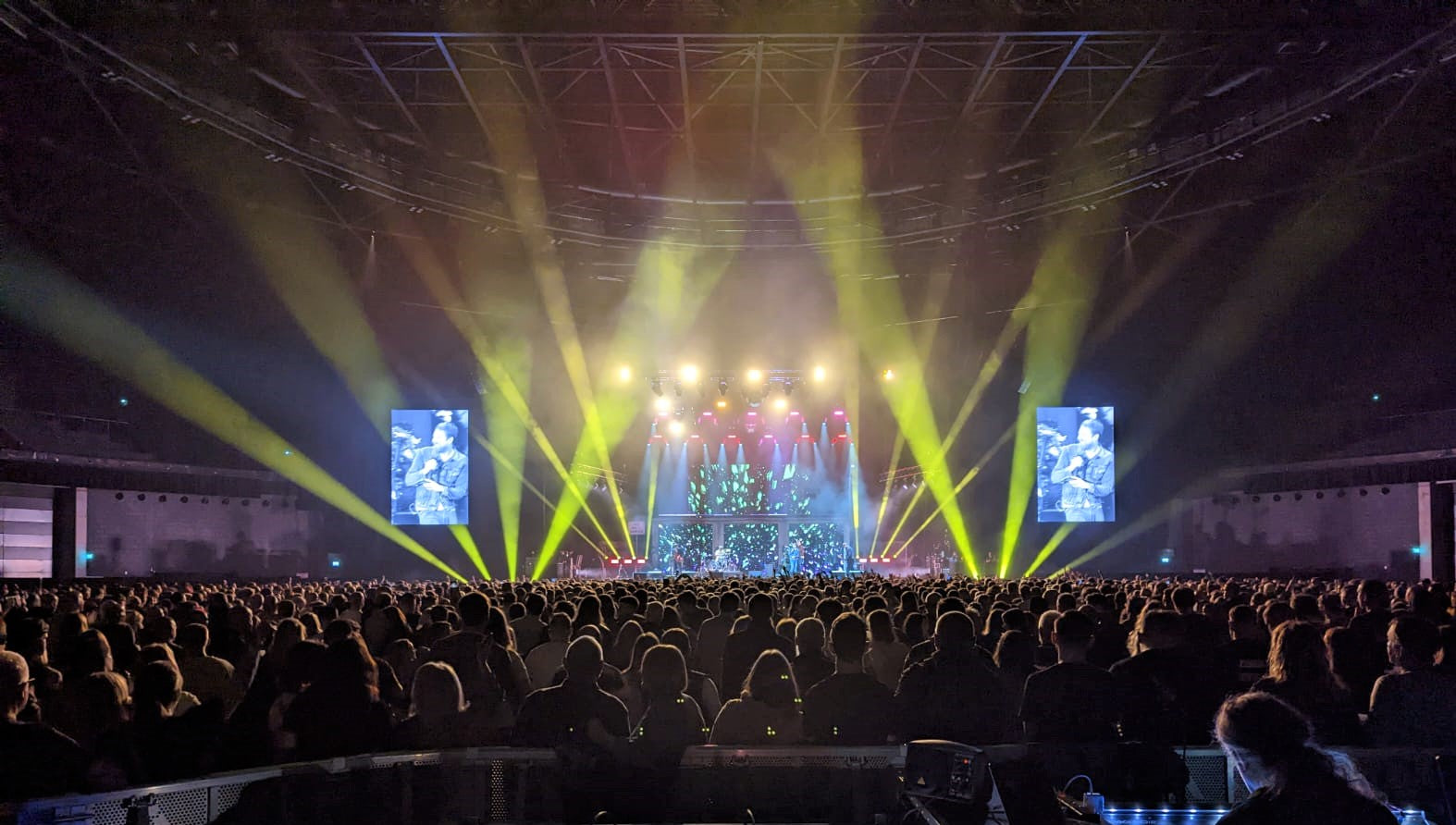
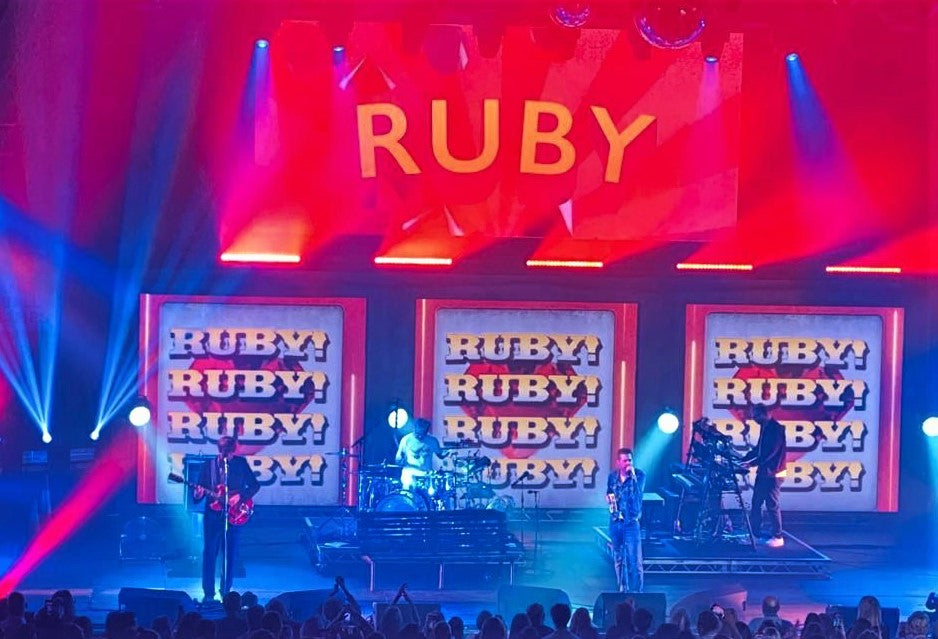
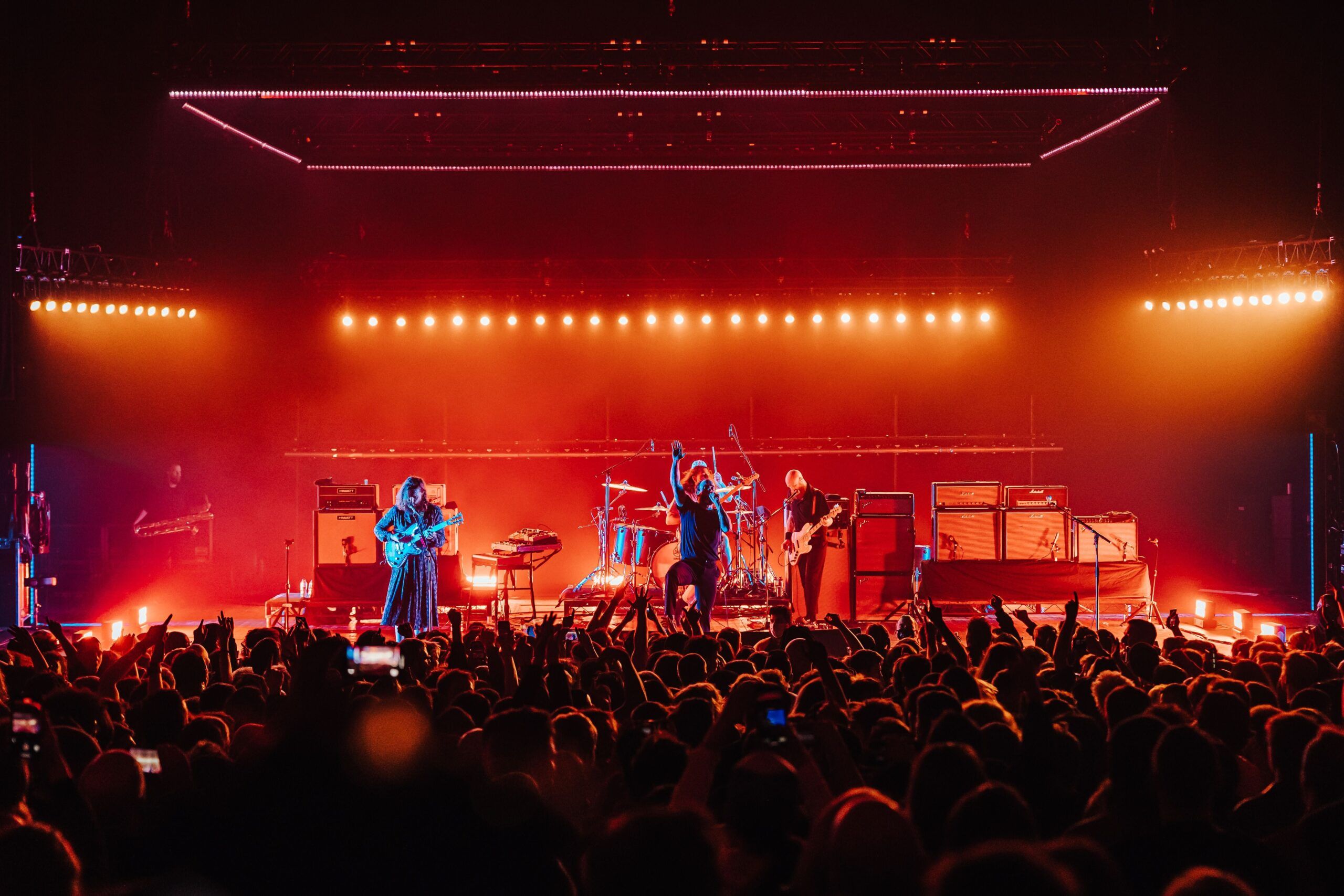
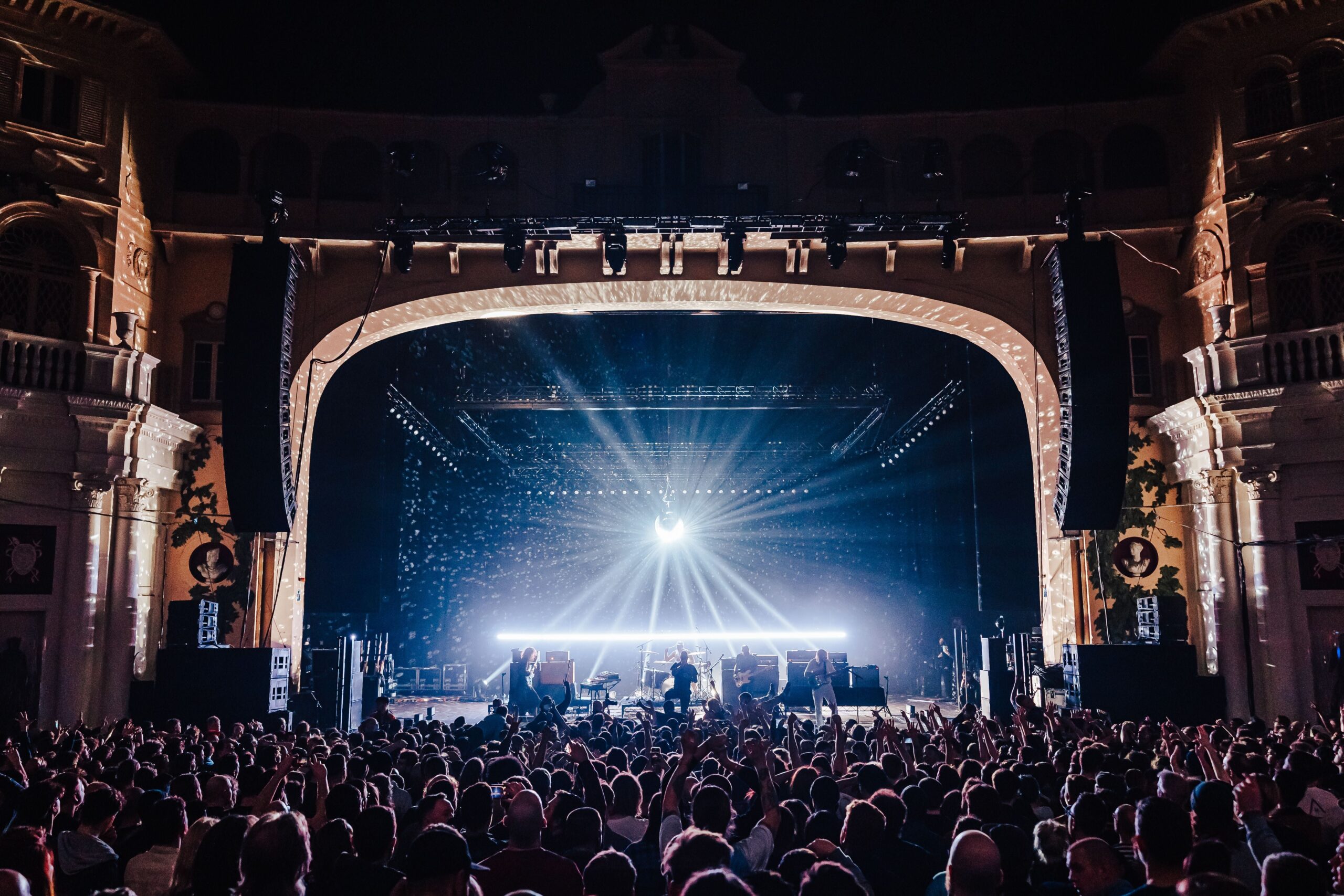
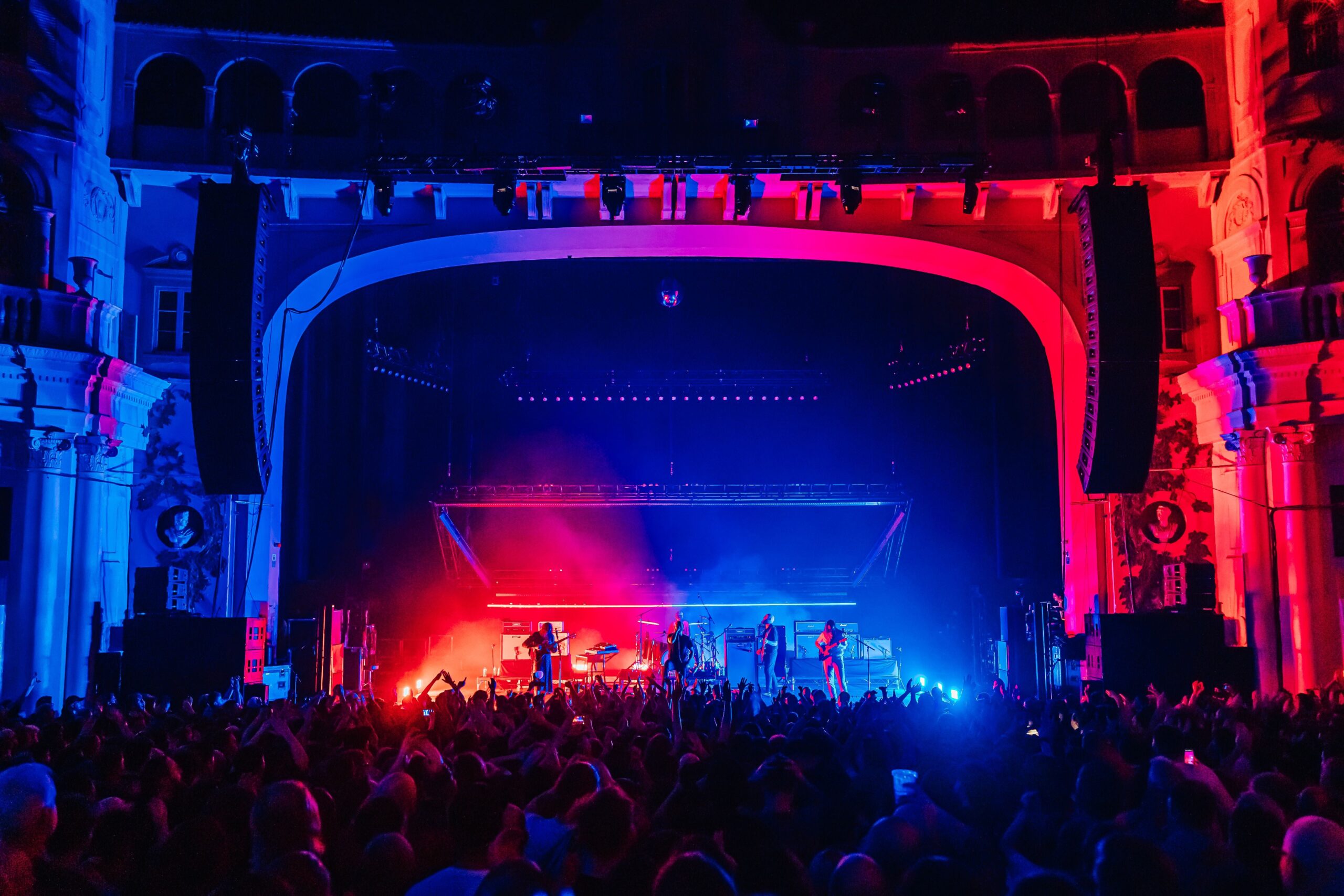
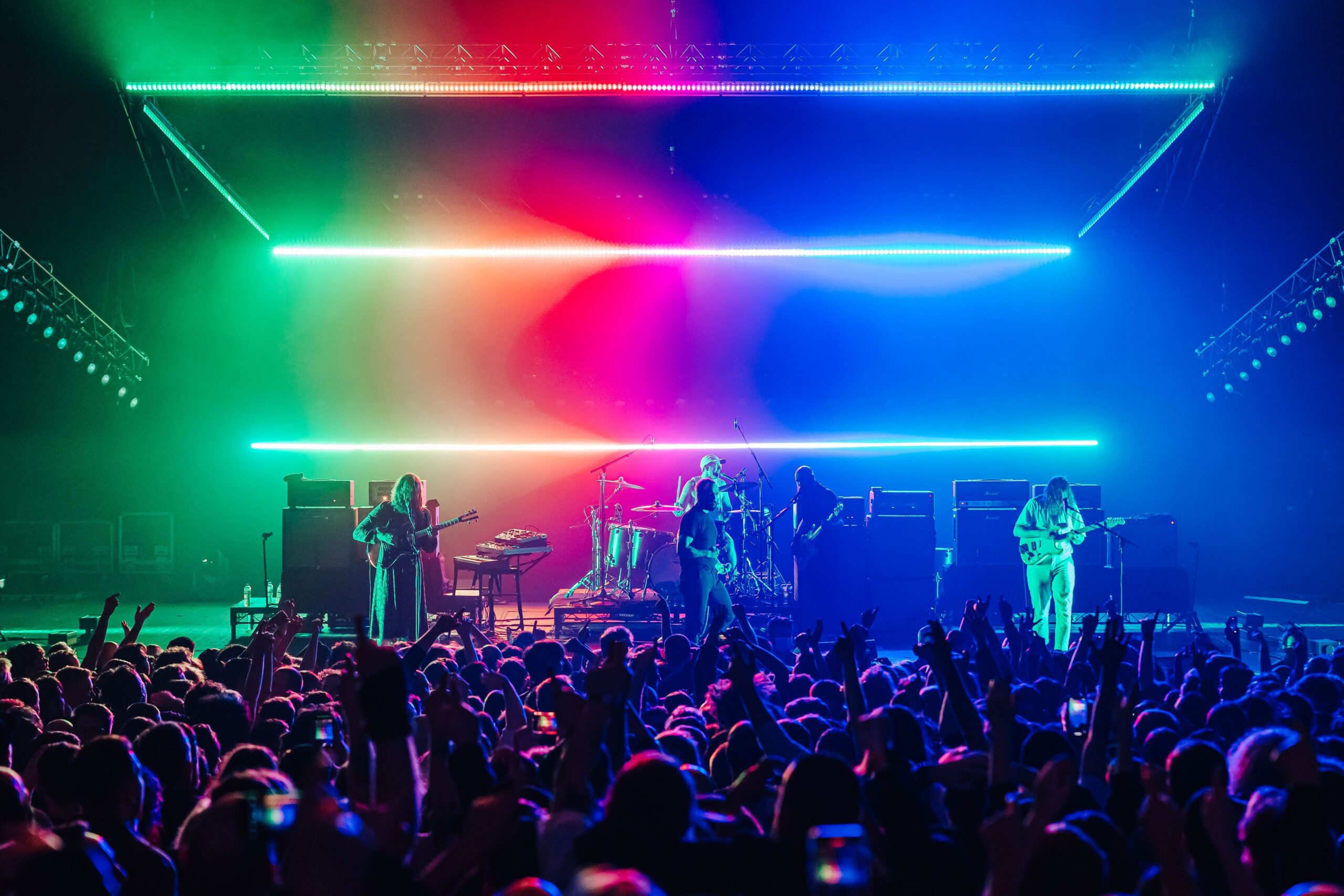
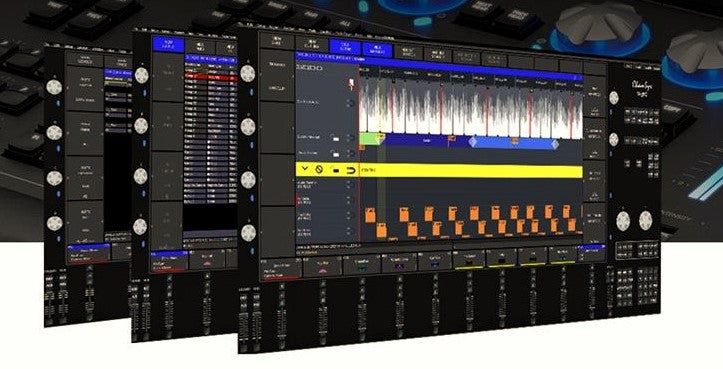
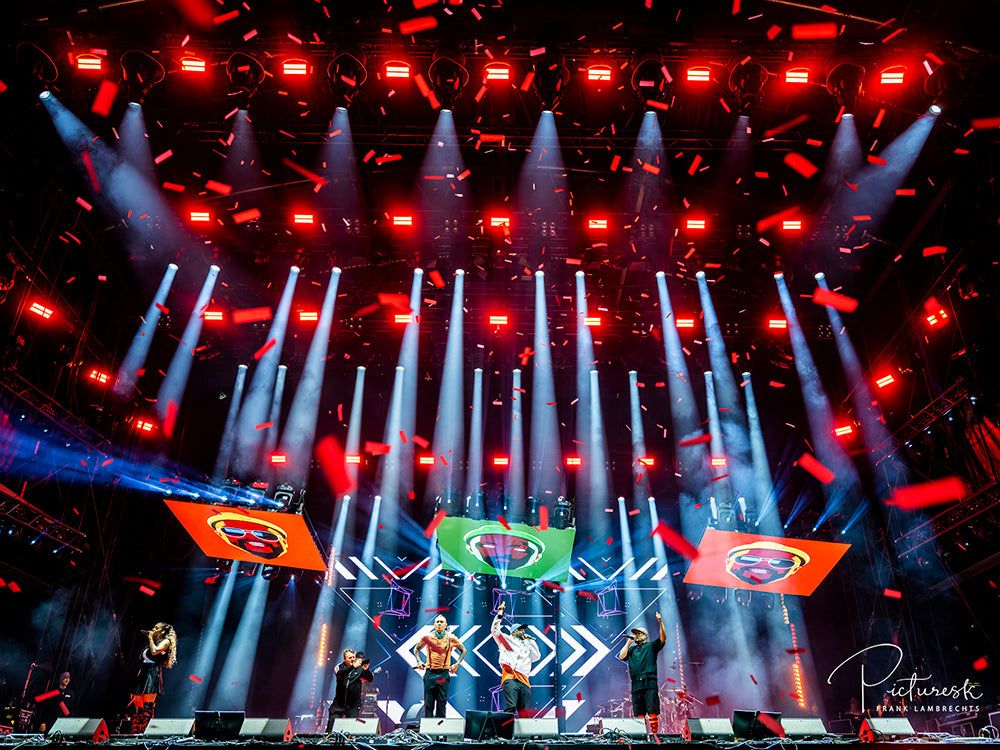
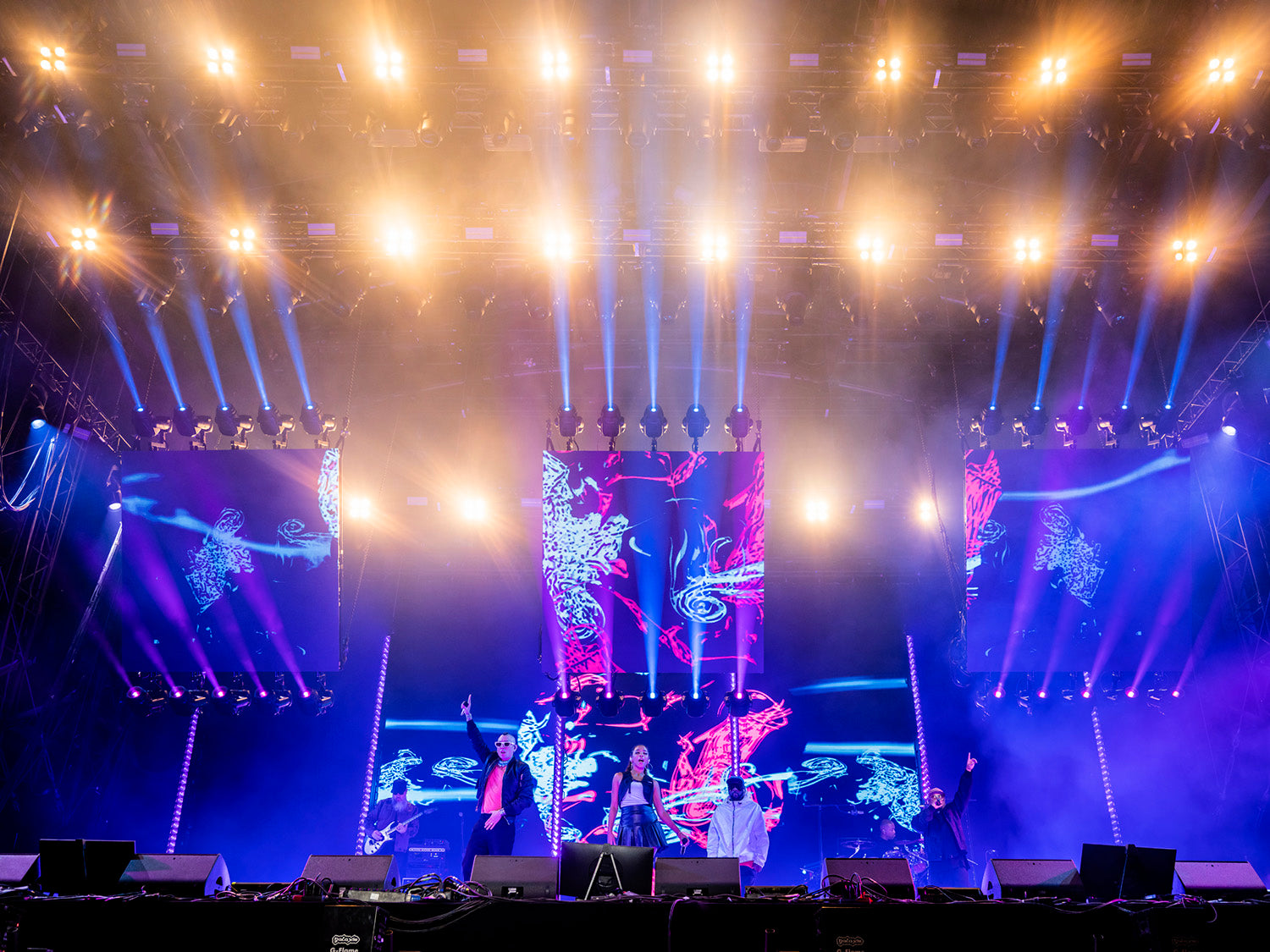

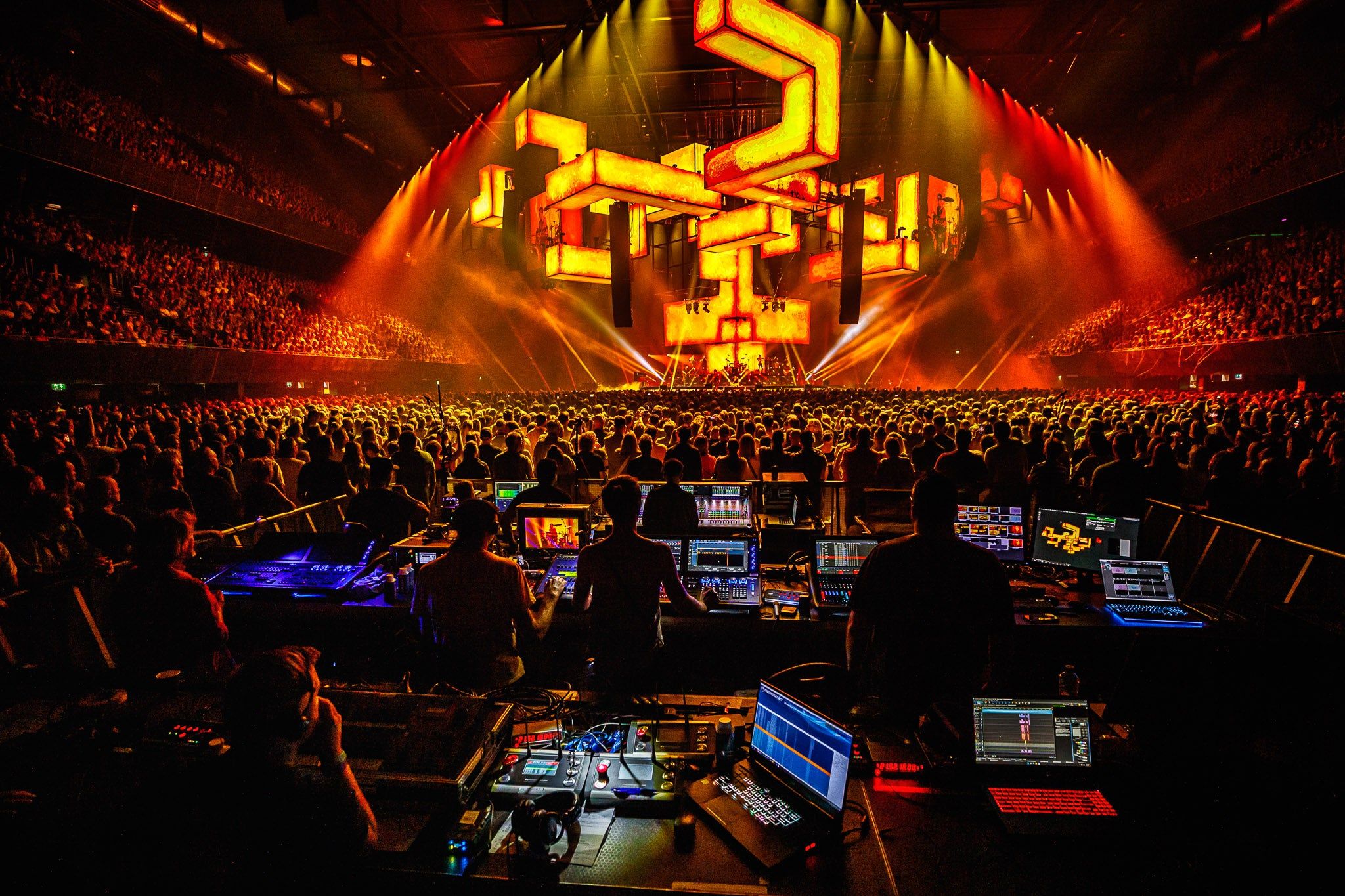
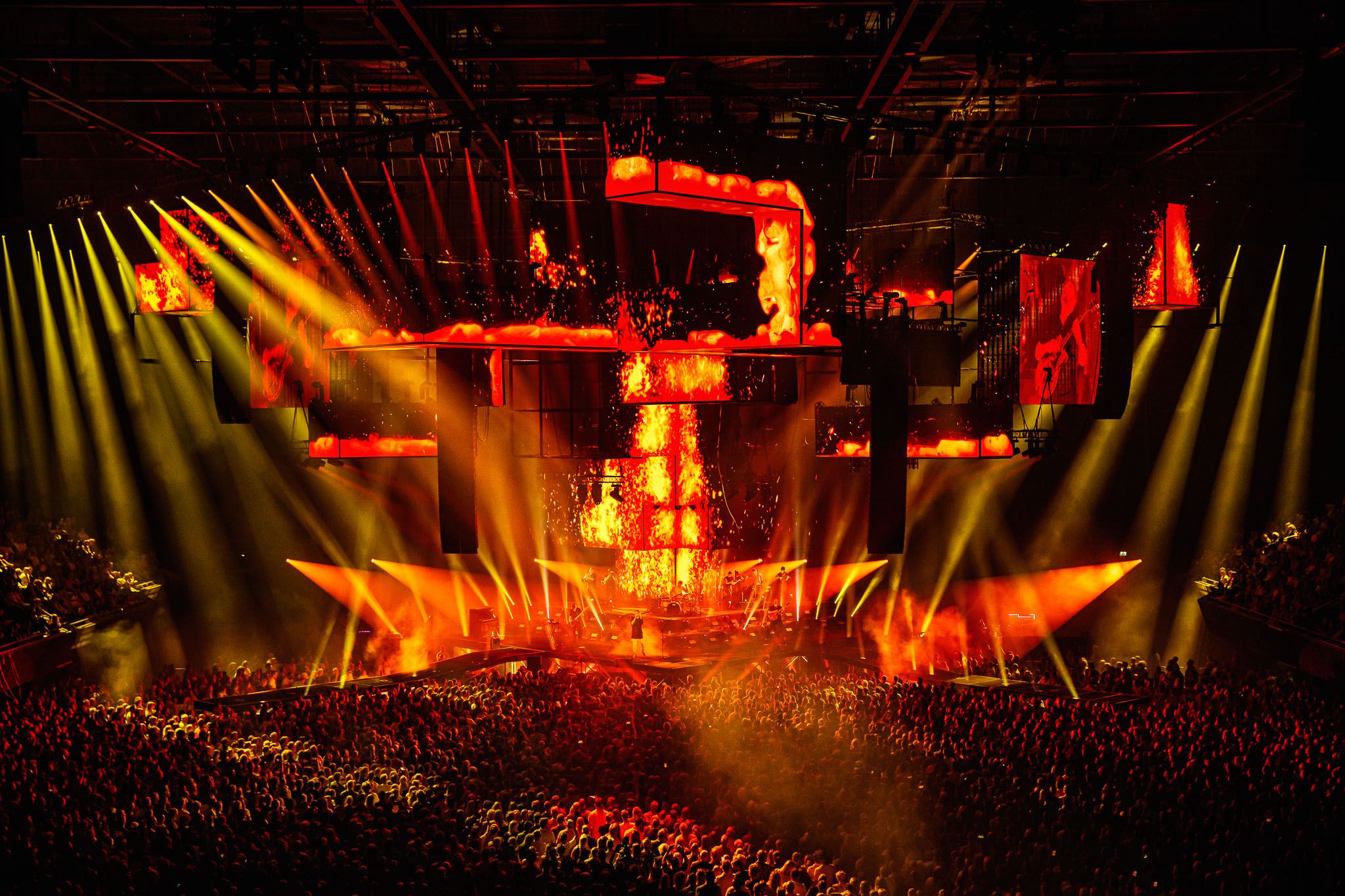

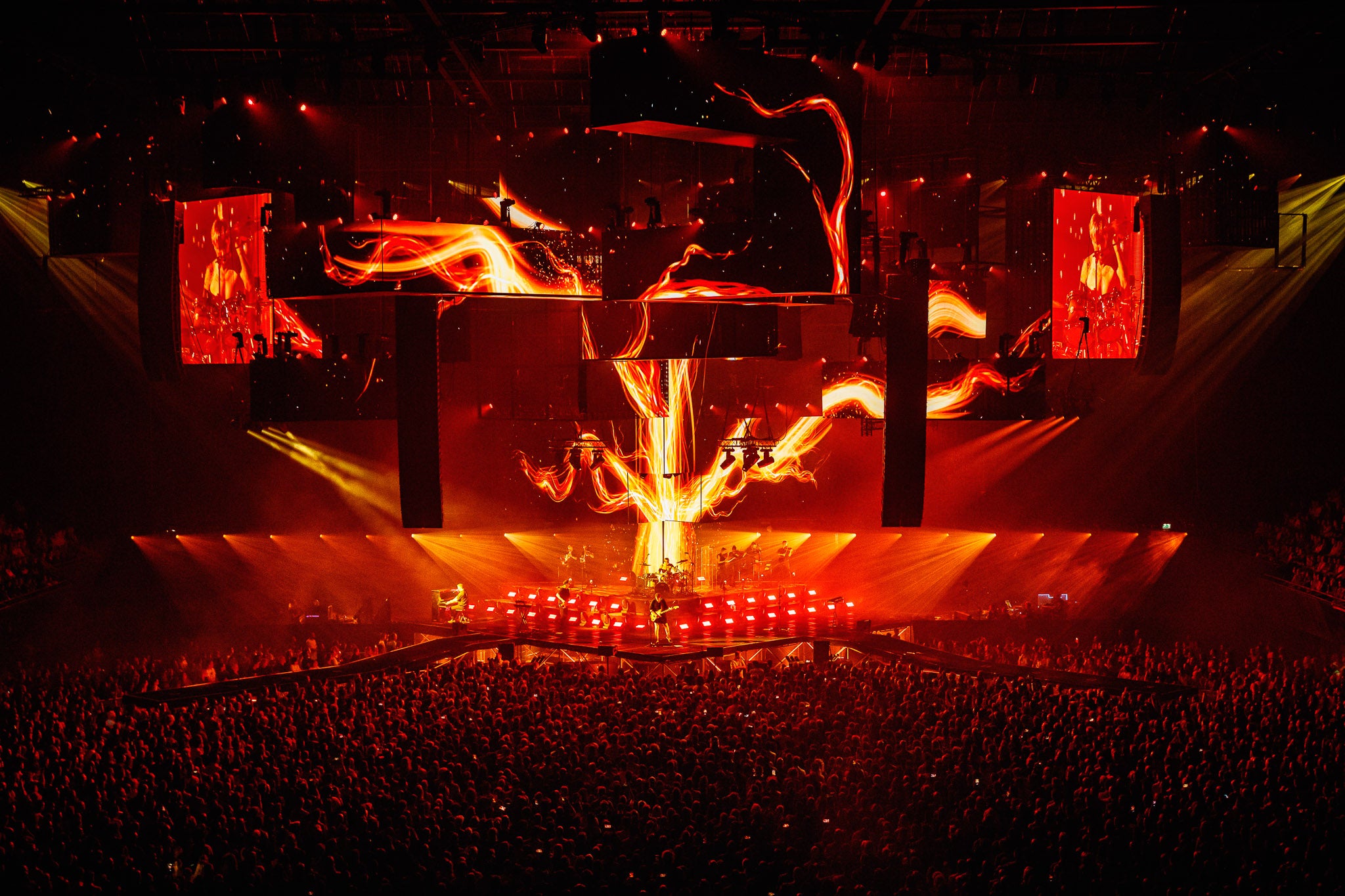
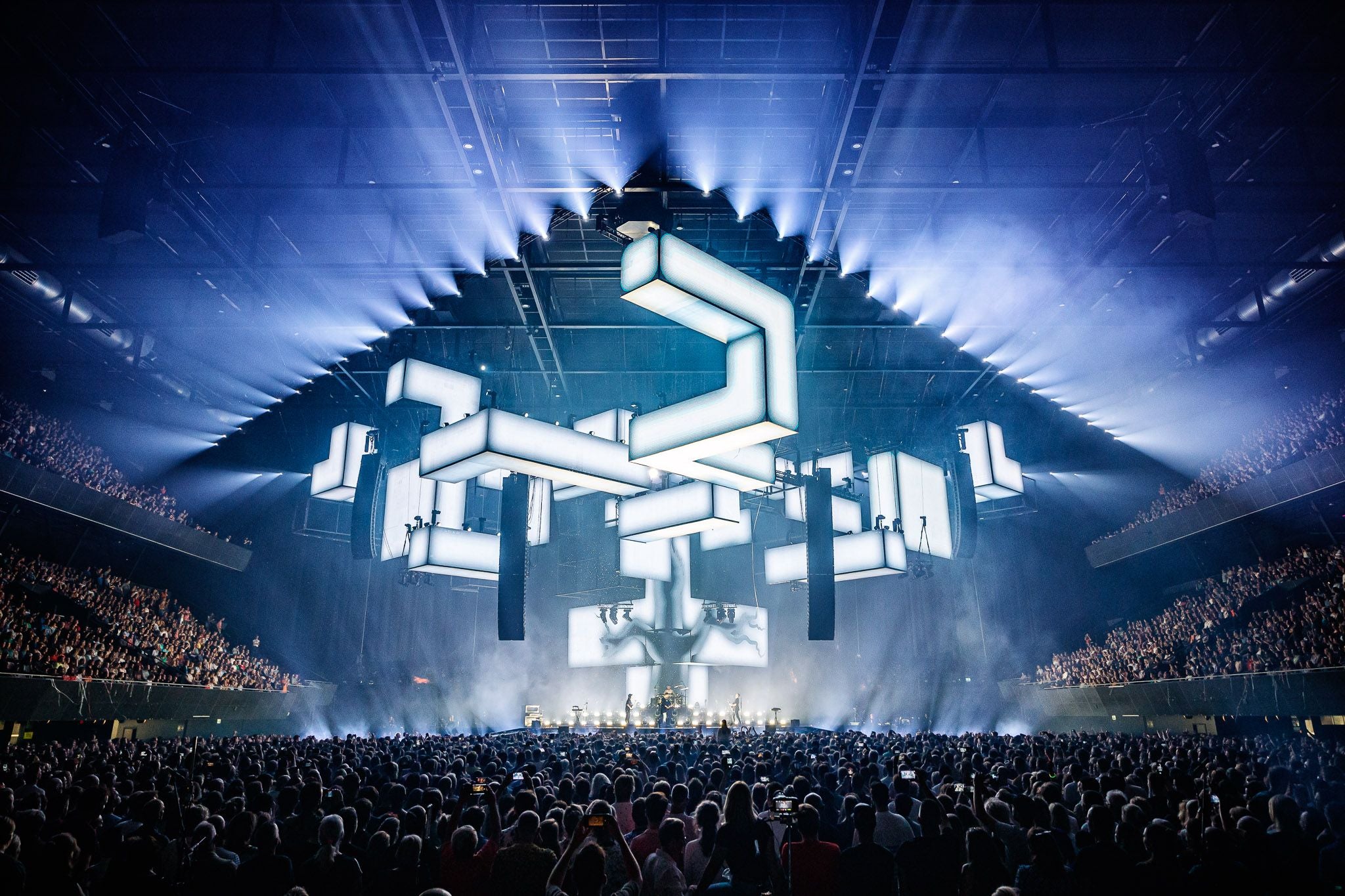
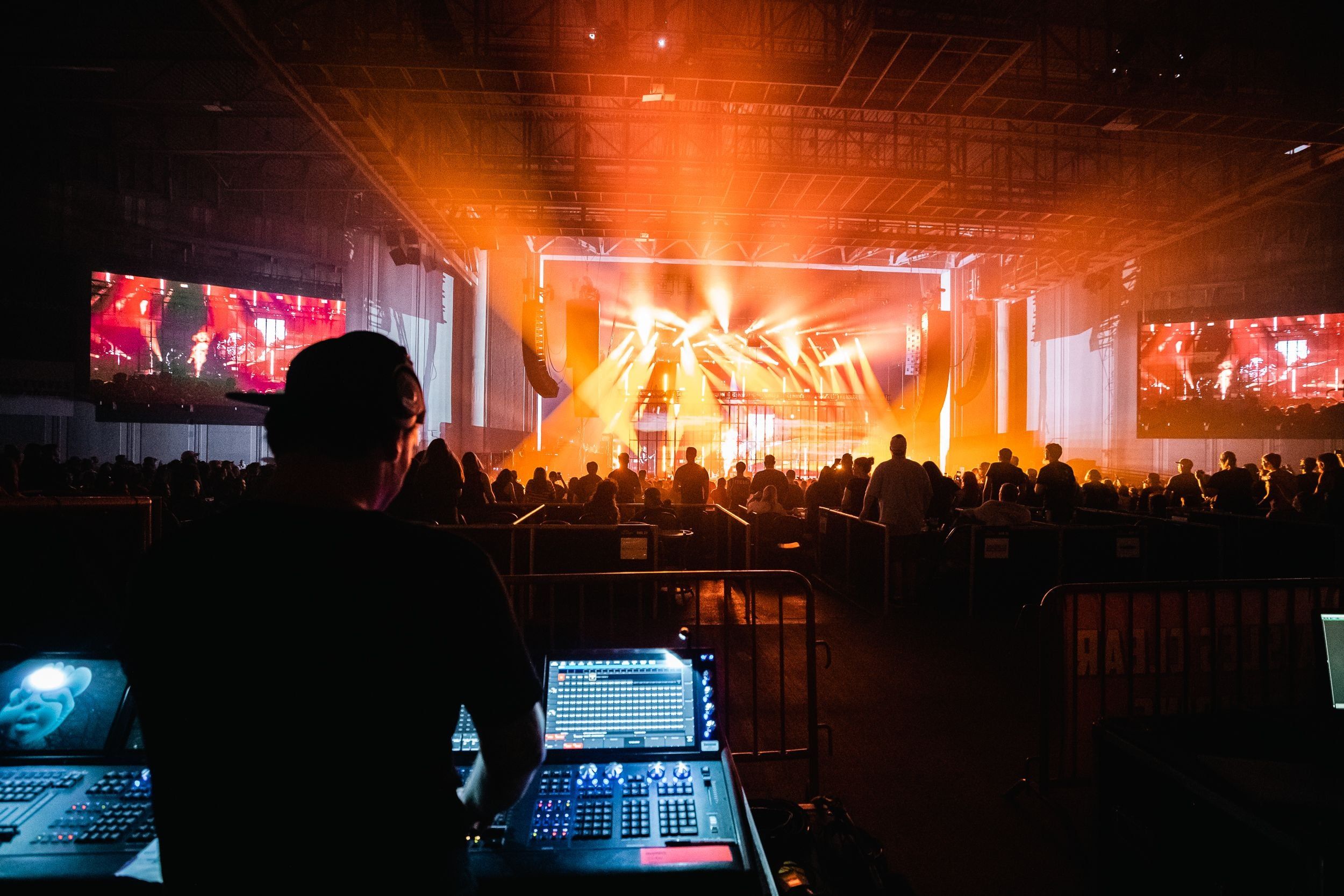
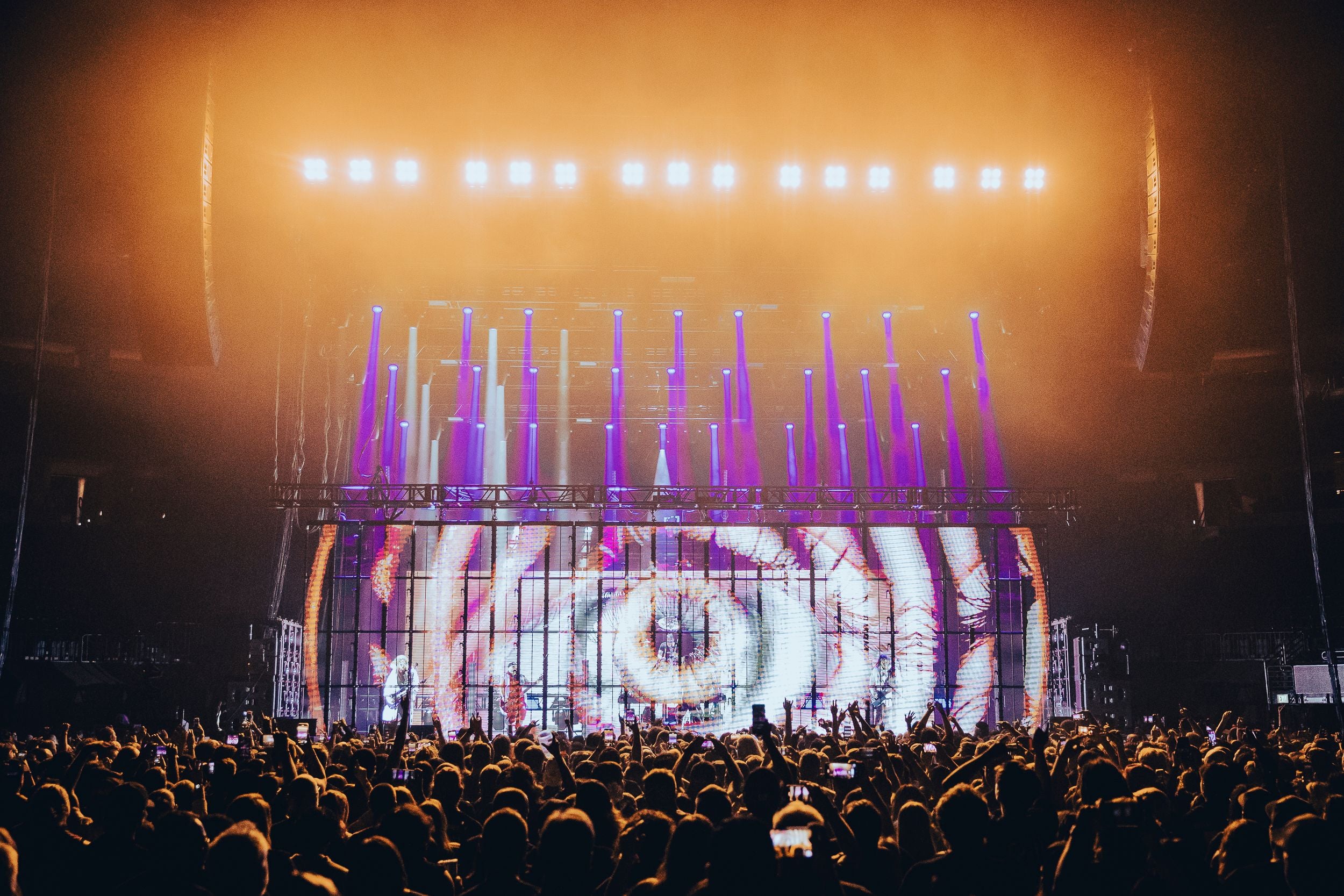

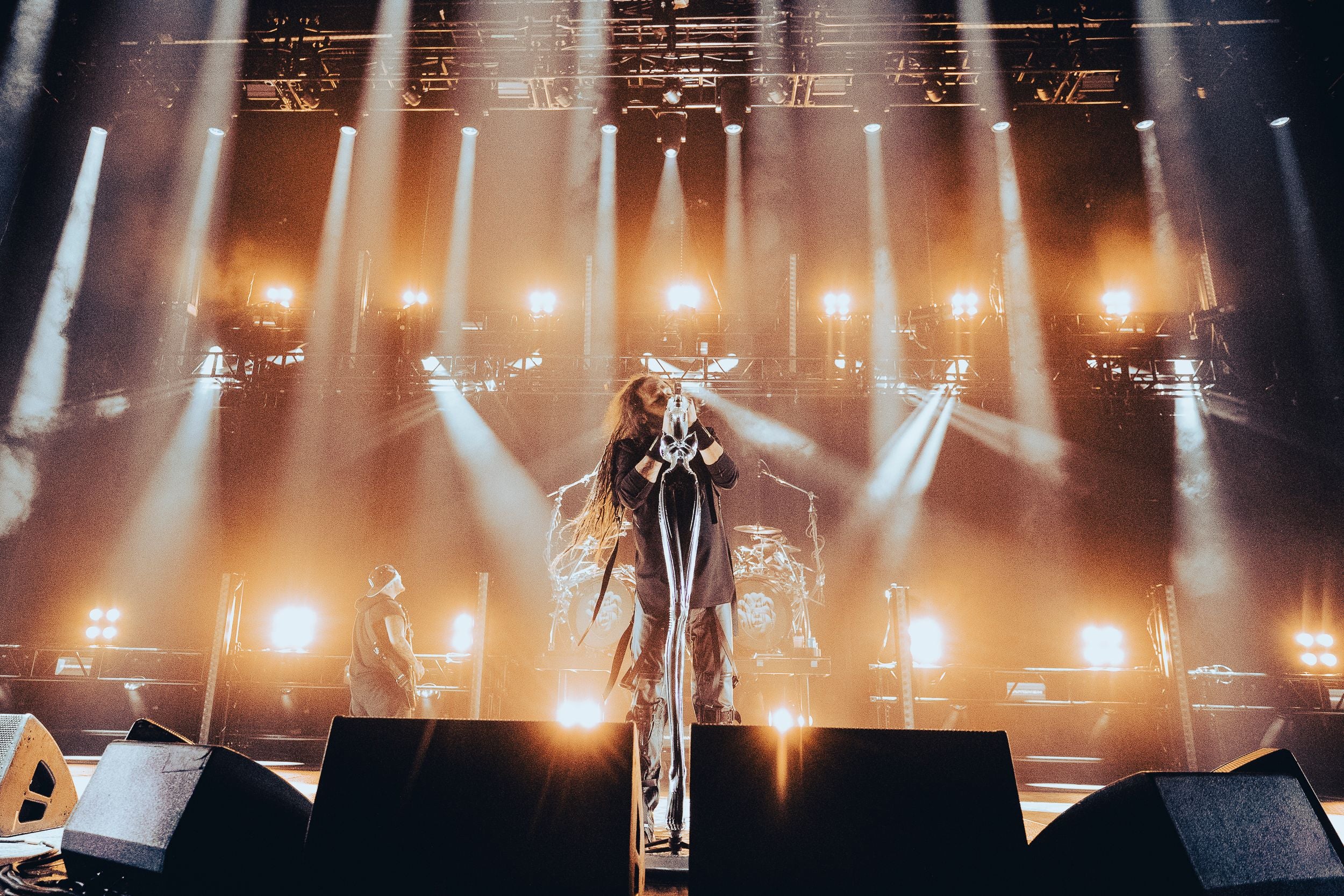
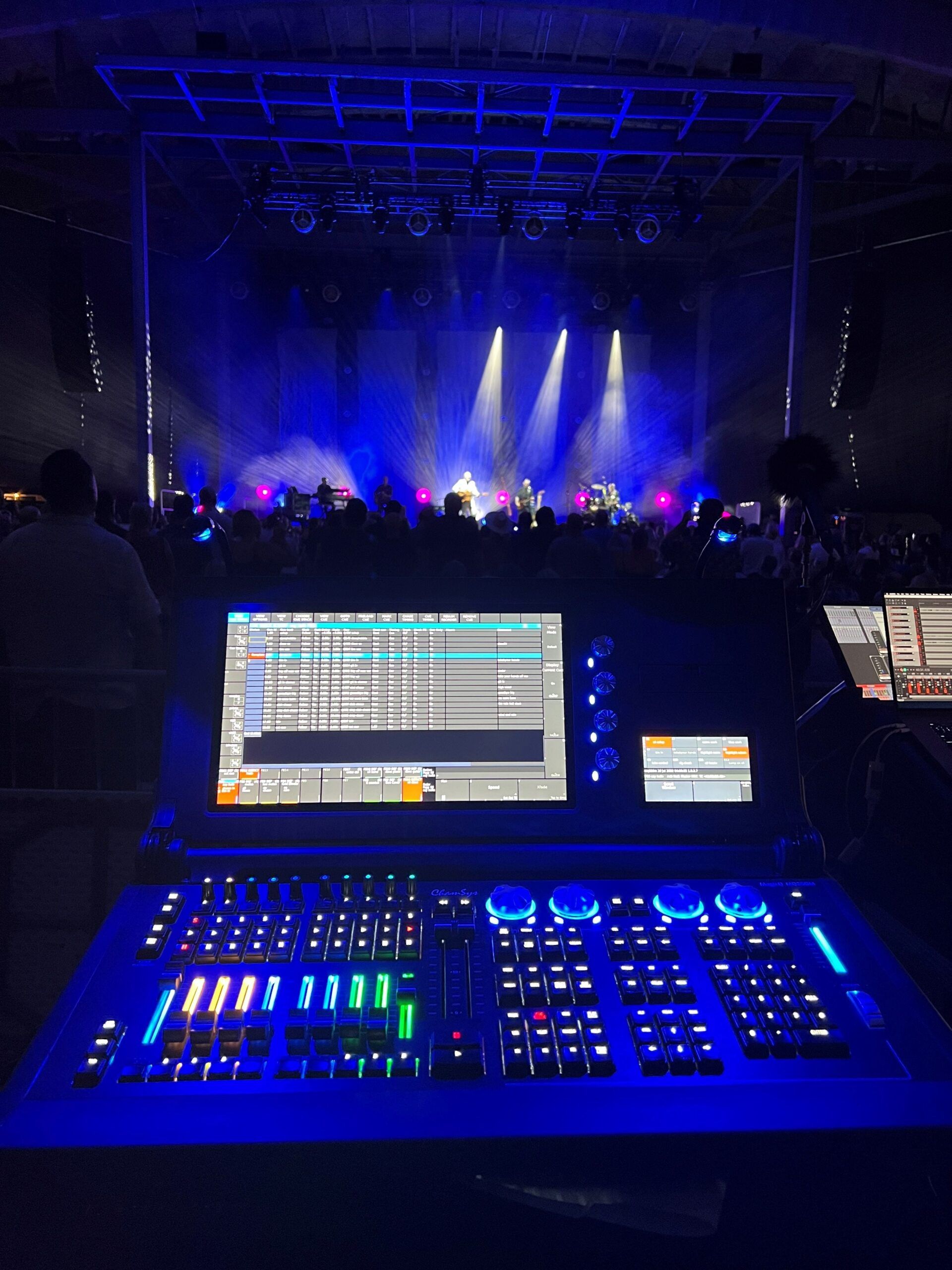
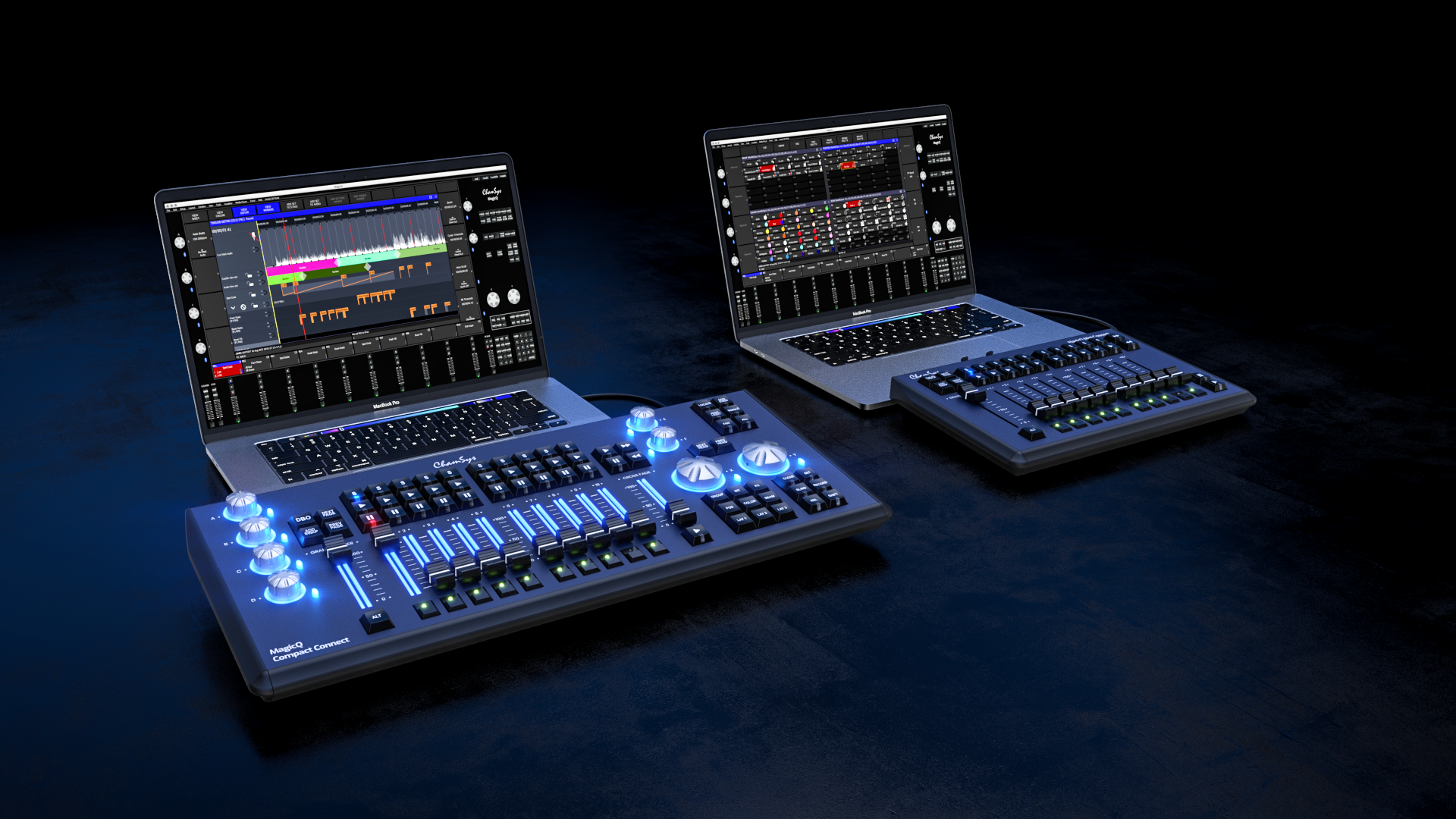
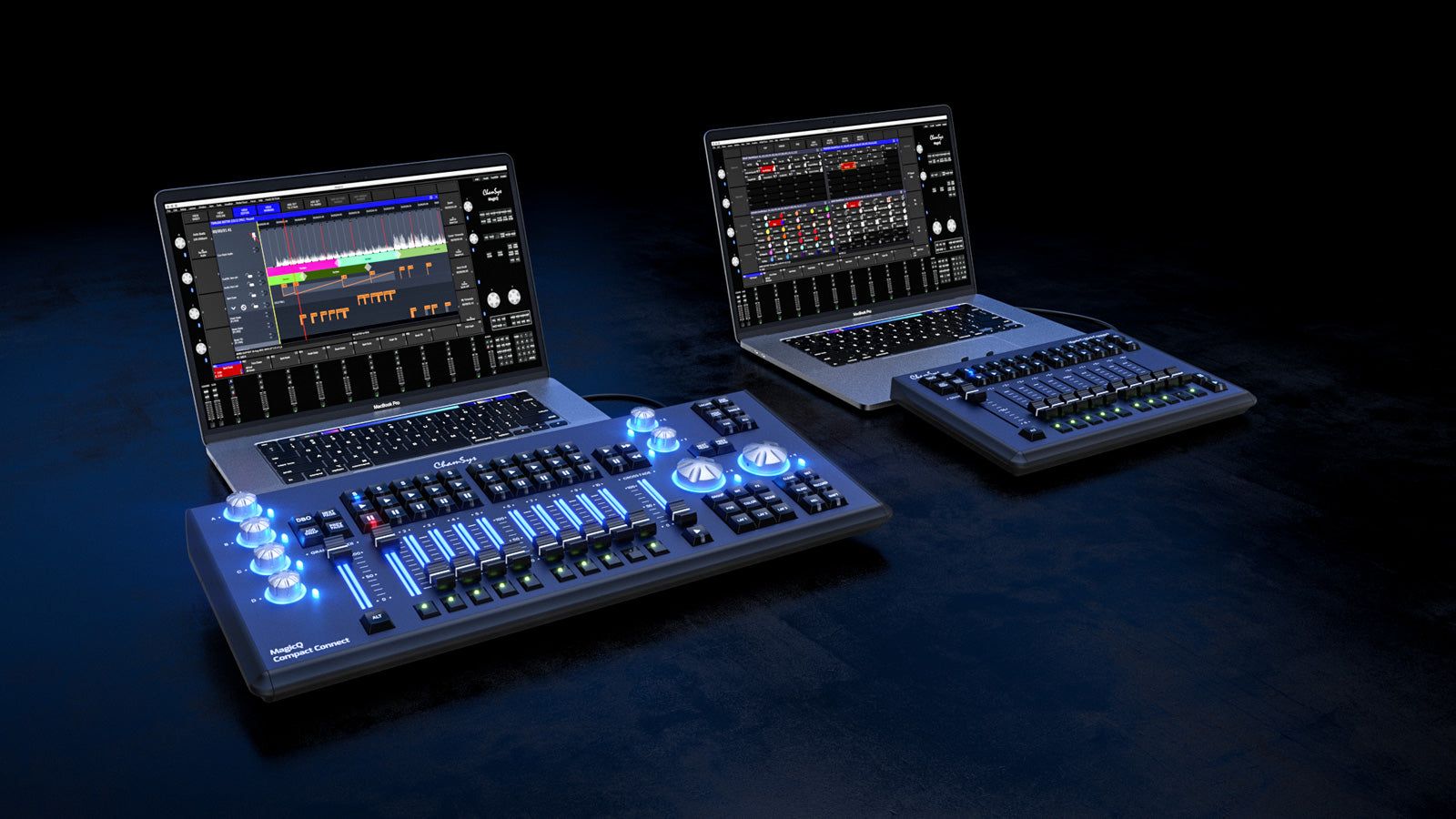
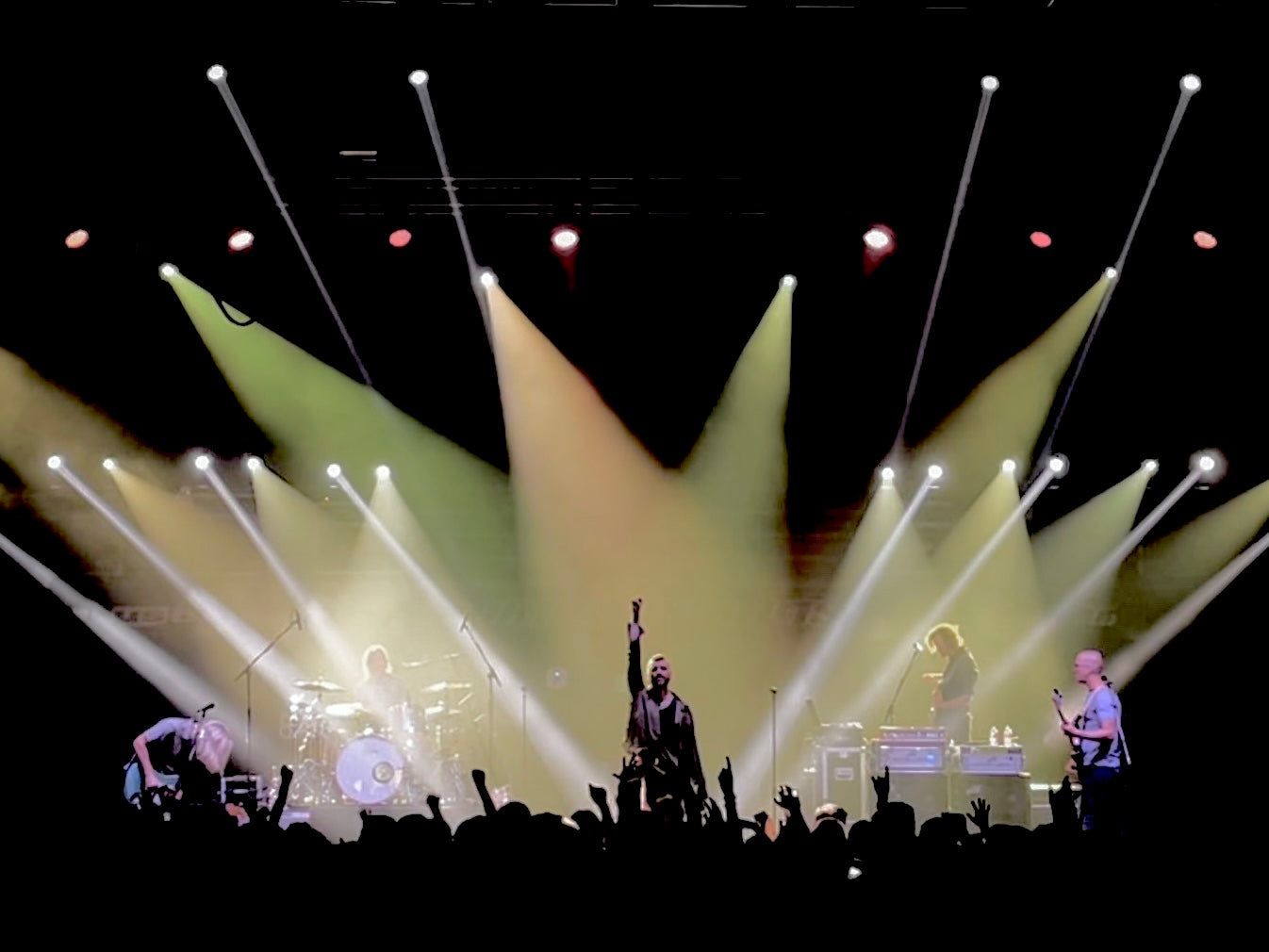
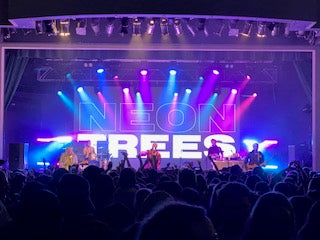 “My good friend Myles Mangino learned what Neon Trees was looking for, and recommended me,” said Easterbrook. “We haven’t looked back since. It’s been a blast for me, doing about a show with them a month, all of them one-offs. I have a very busy schedule outside this band, so it’s really convenient taking my MQ80 as carry-on and doing my preprogramming on the plane, in a hotel room, or bar.
“My good friend Myles Mangino learned what Neon Trees was looking for, and recommended me,” said Easterbrook. “We haven’t looked back since. It’s been a blast for me, doing about a show with them a month, all of them one-offs. I have a very busy schedule outside this band, so it’s really convenient taking my MQ80 as carry-on and doing my preprogramming on the plane, in a hotel room, or bar.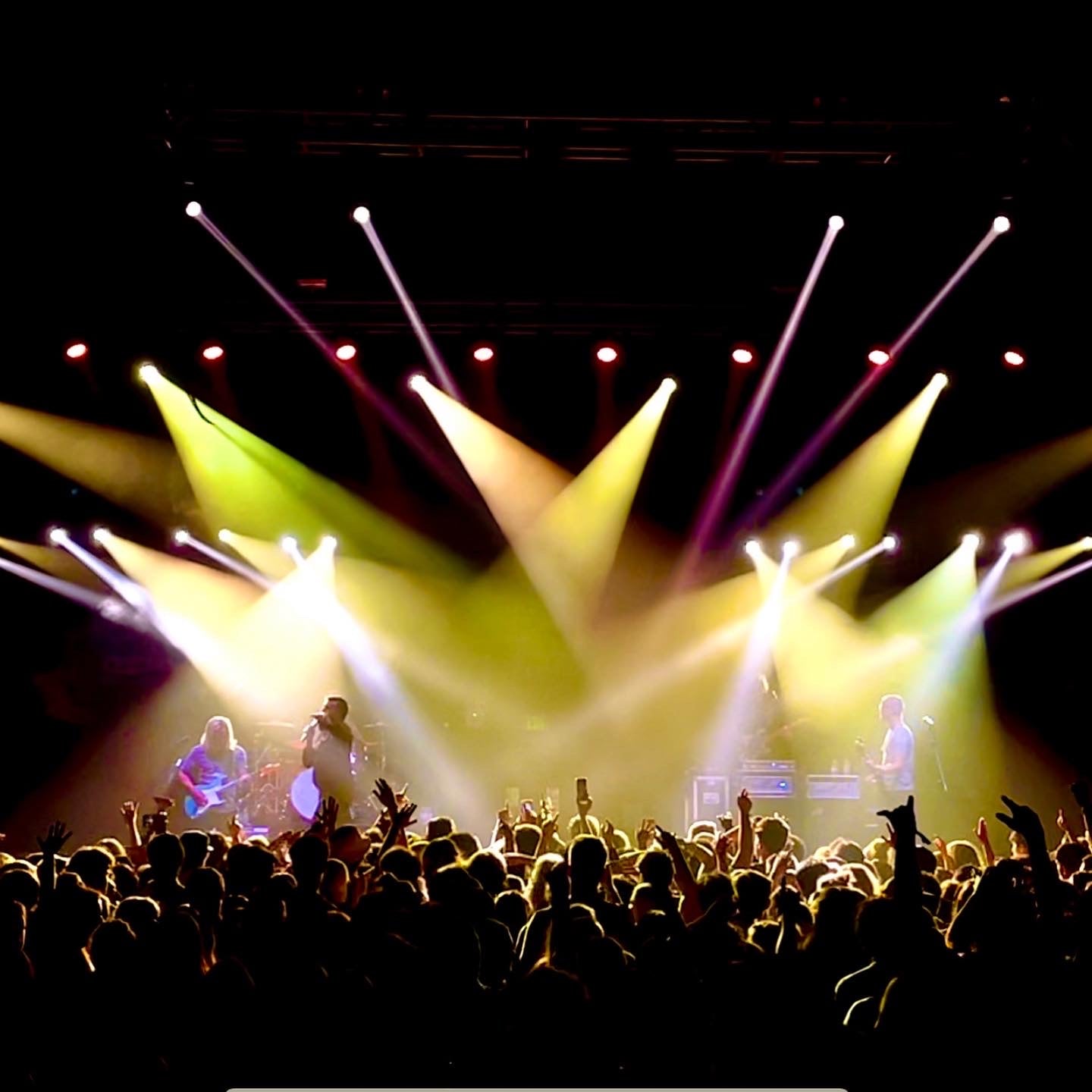
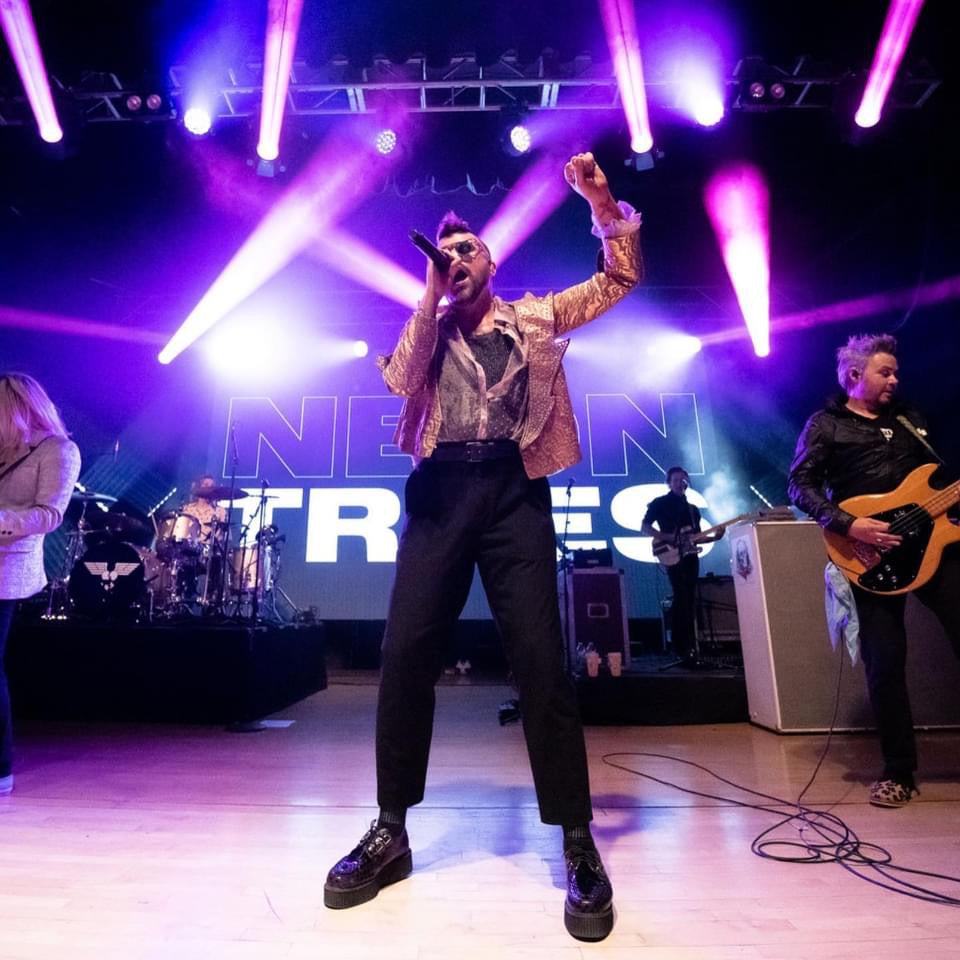
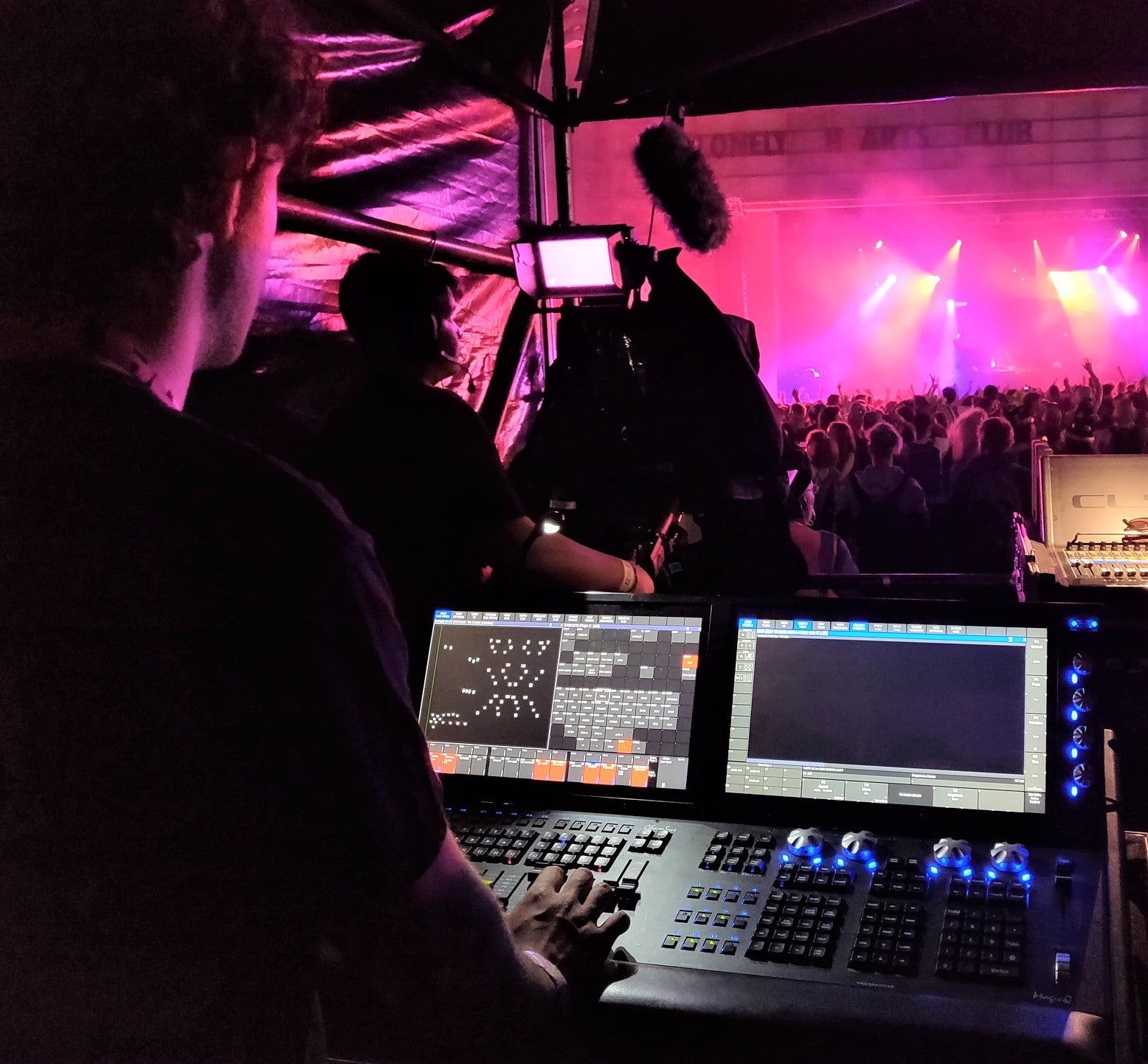
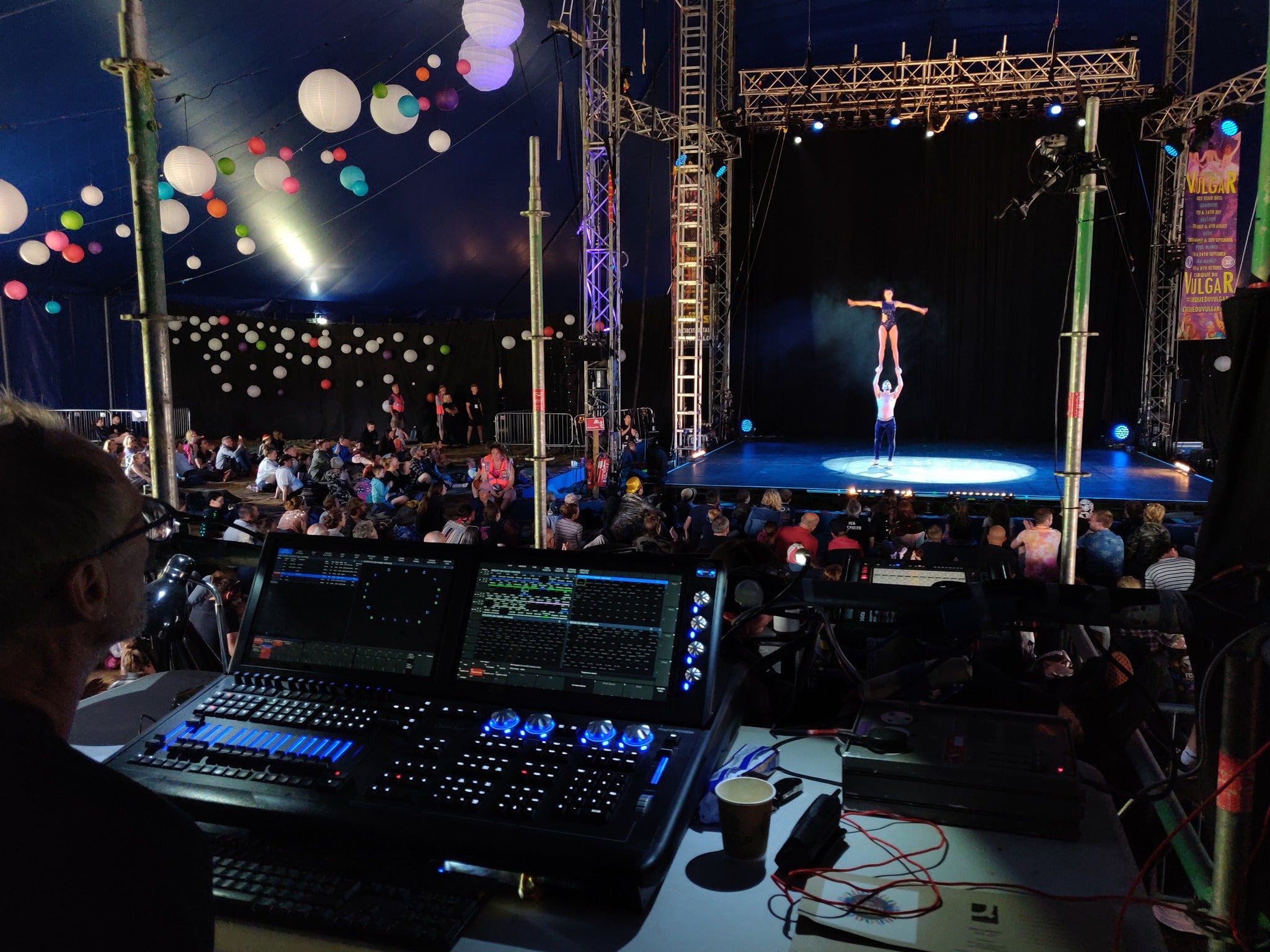

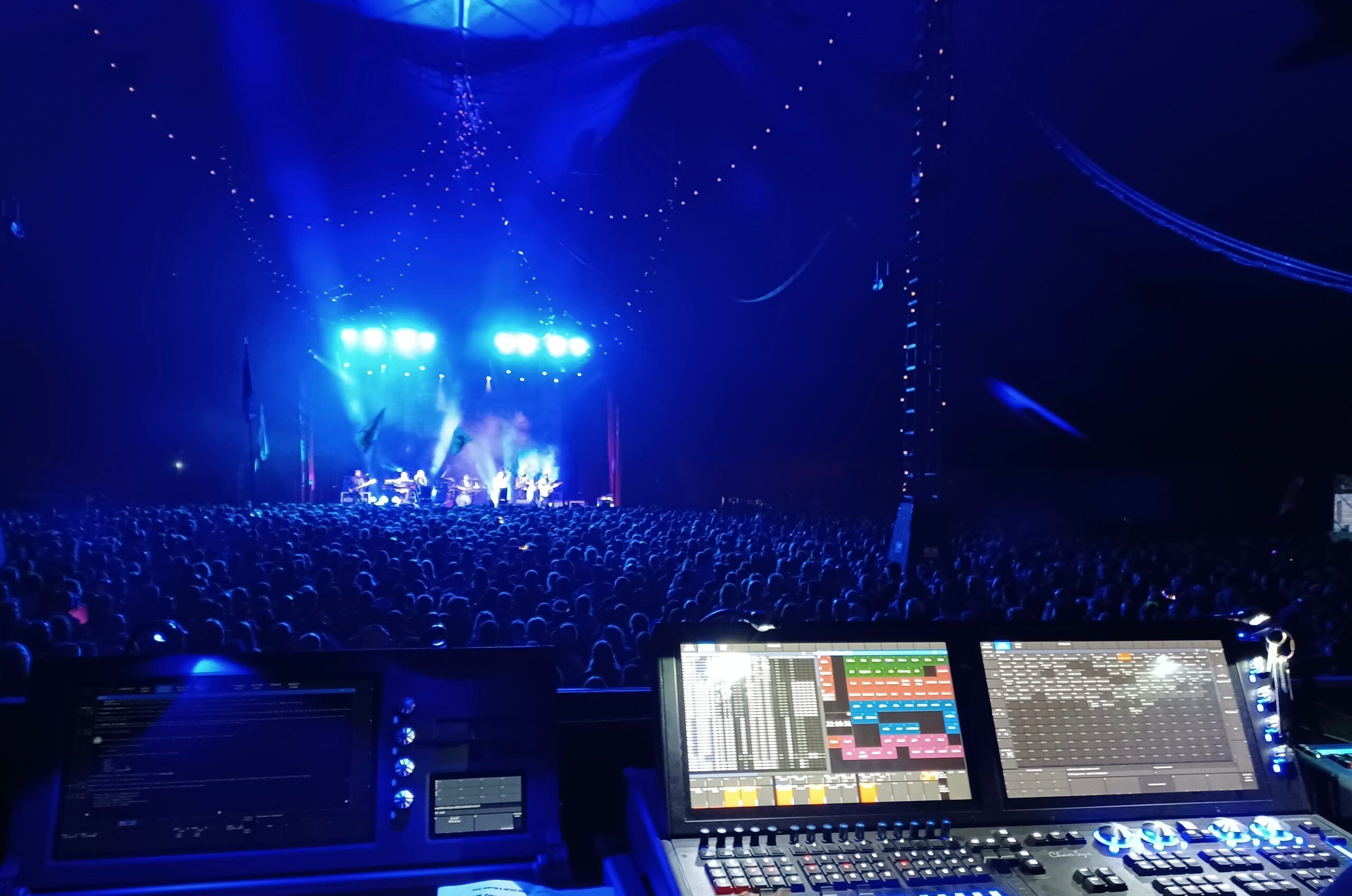


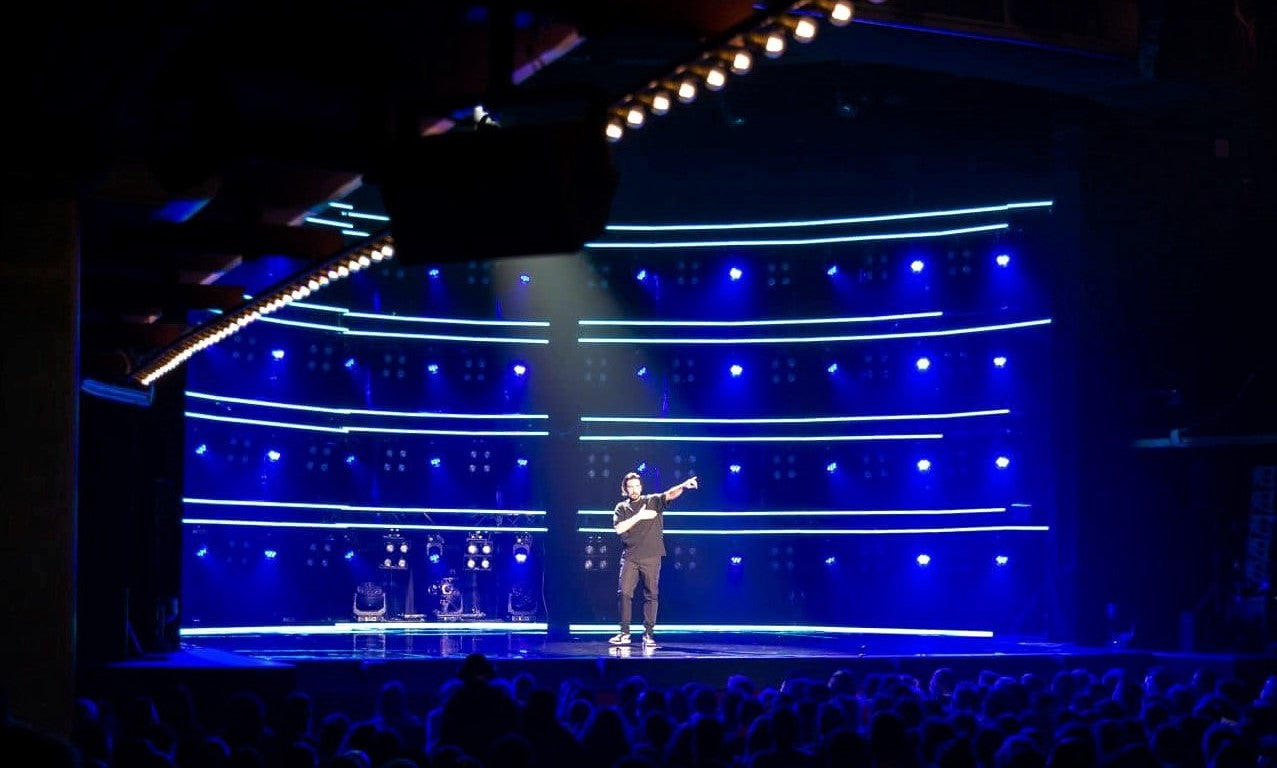

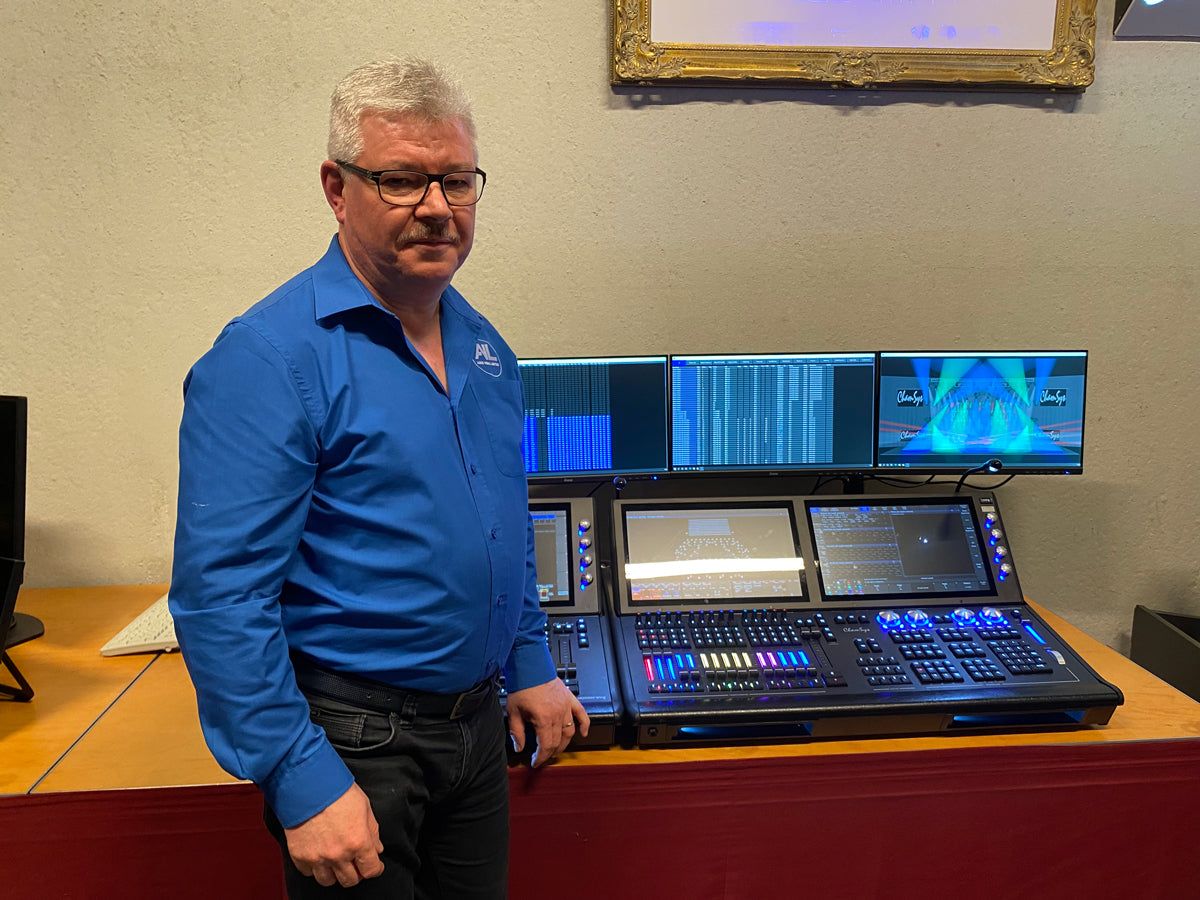
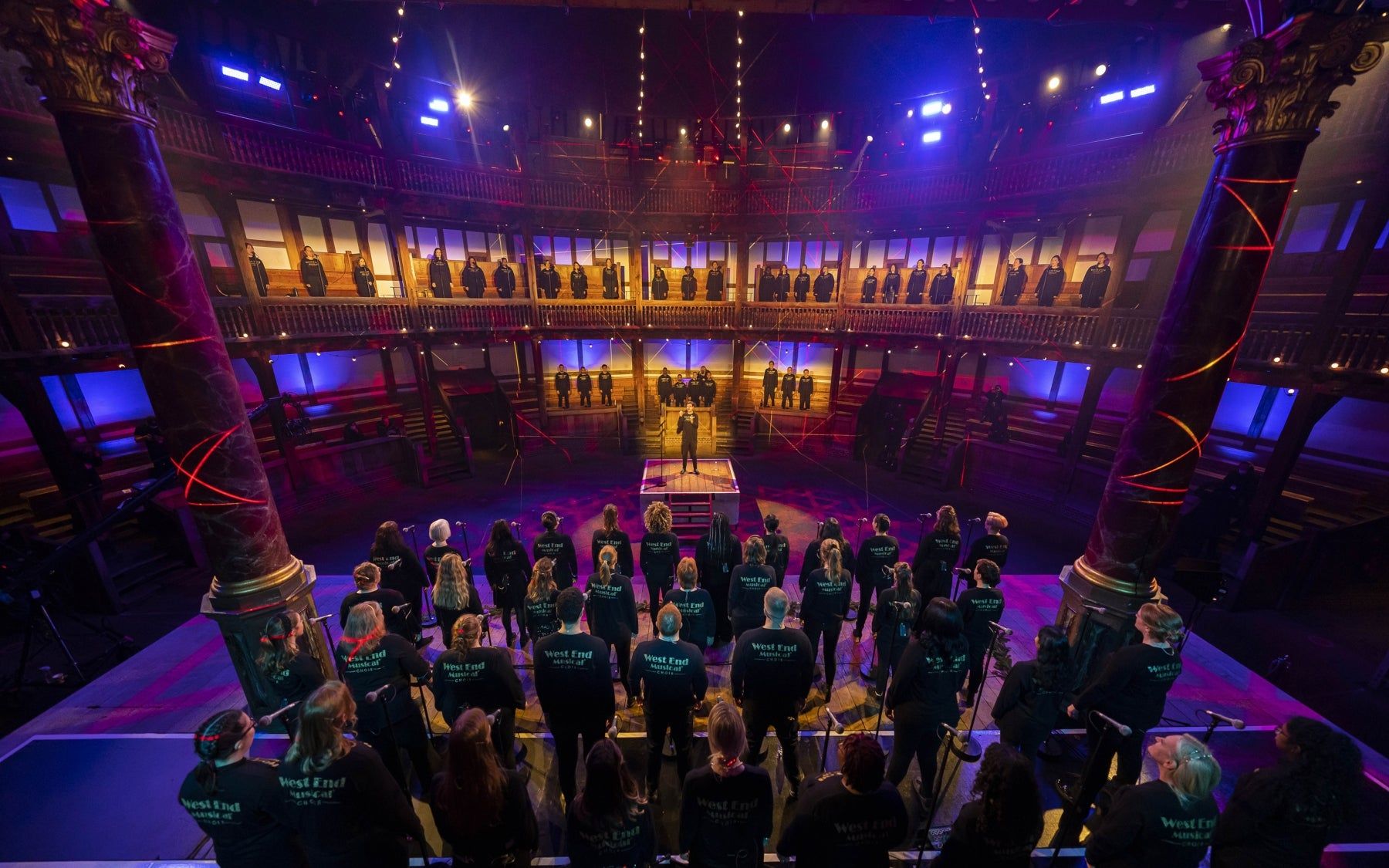
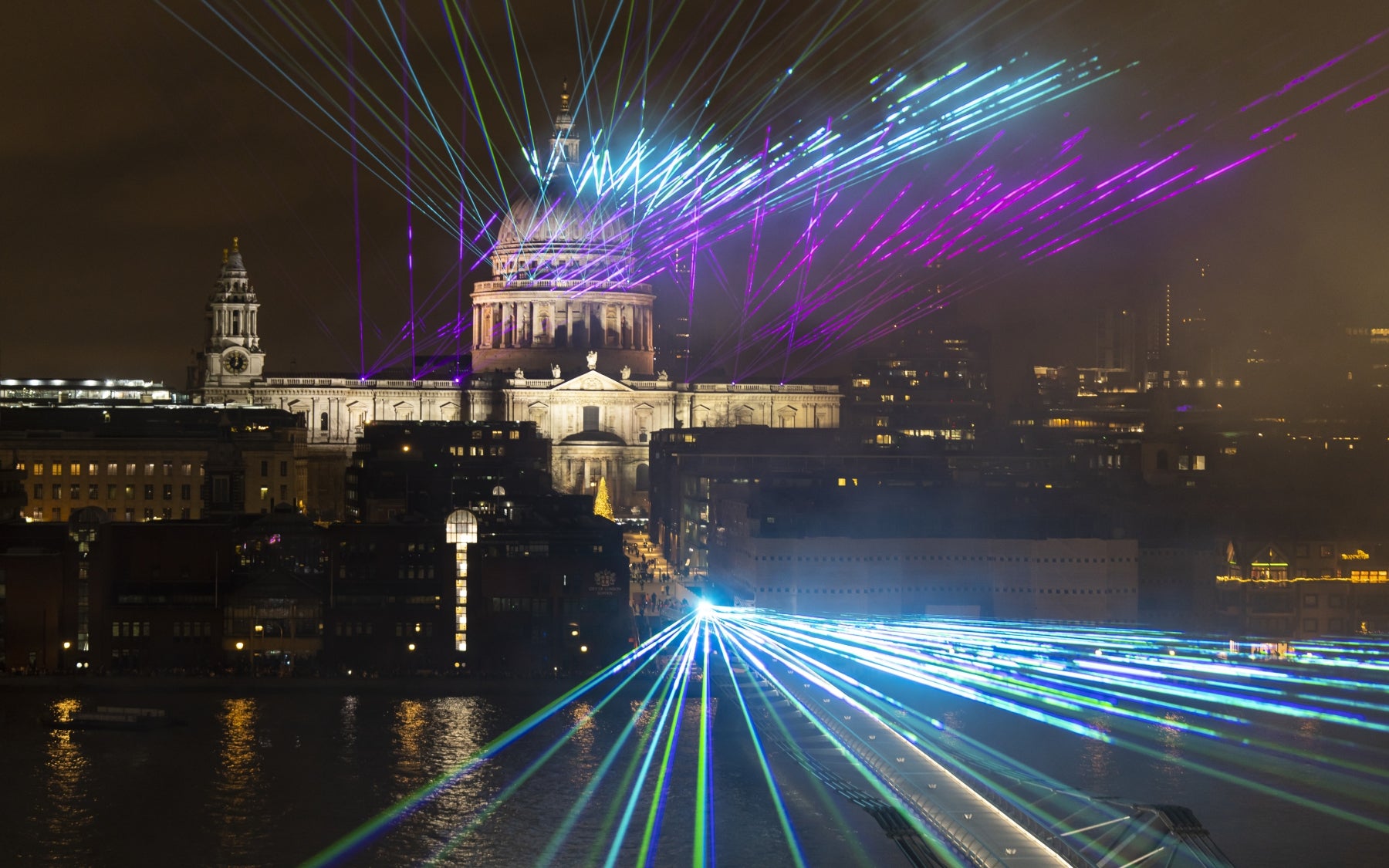

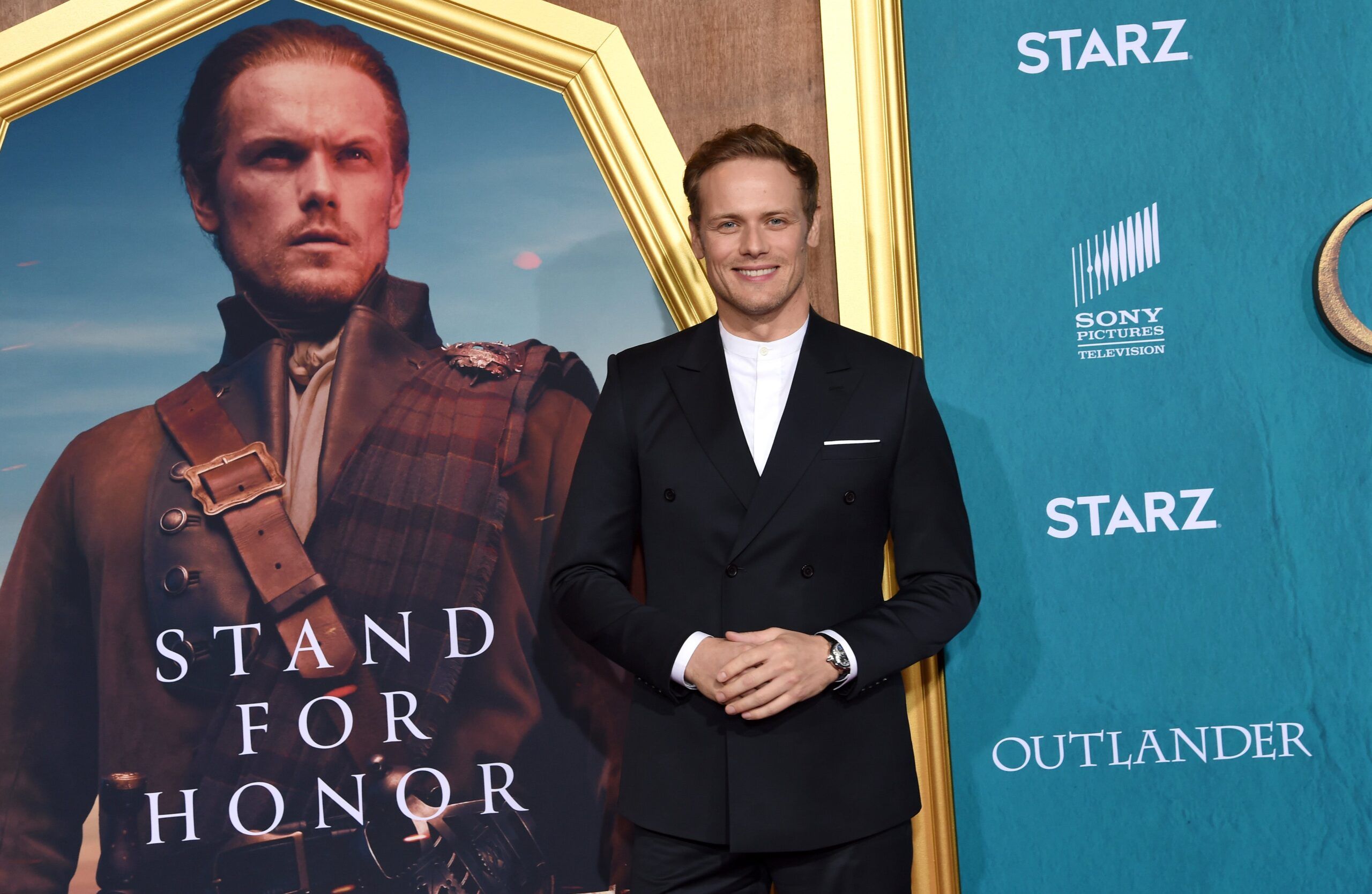
 Towler, of Nineteen Sixtyone Ltd., began working on Outlander when it debuted in 2013 at the invitation of its HOD Gaffer Scott Napier, and has been with the program for all six seasons since. In that time, the show has made a major transition from tungsten and HMI heavy lighting into a rig consisting mostly of LED fixtures.
Towler, of Nineteen Sixtyone Ltd., began working on Outlander when it debuted in 2013 at the invitation of its HOD Gaffer Scott Napier, and has been with the program for all six seasons since. In that time, the show has made a major transition from tungsten and HMI heavy lighting into a rig consisting mostly of LED fixtures.

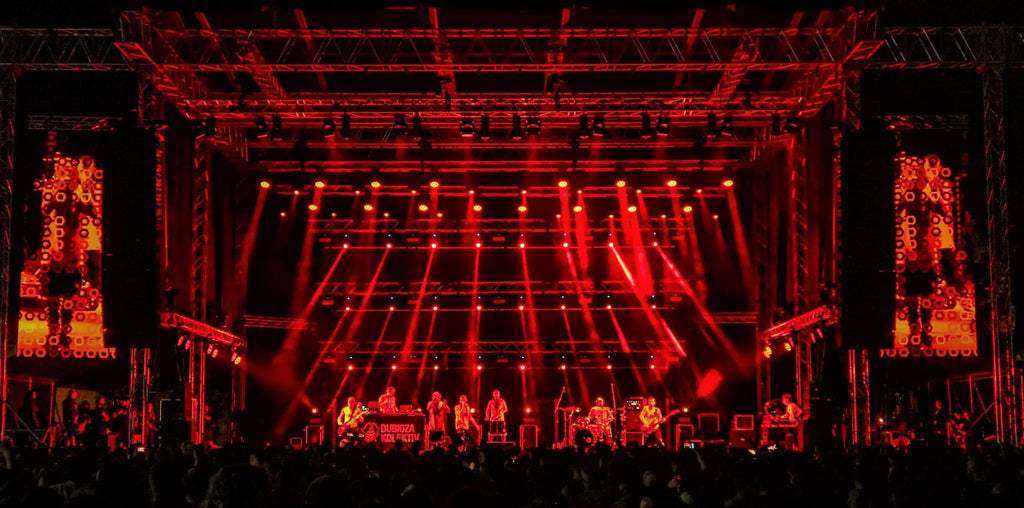 For the Arsenal Festival, Birsa called on his
For the Arsenal Festival, Birsa called on his 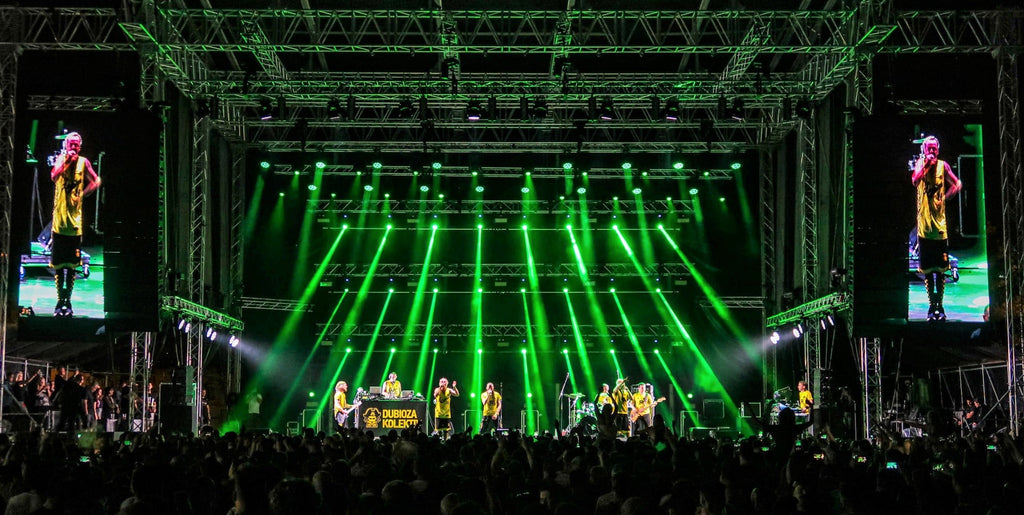 Given the complexities of his Dubioza Kolektiv show, Birsa said time coding was essential to his plans. “I could not have done things quite this way without timecoding,” he said. “The show would have to be built with much less to it if I had to run everything 100-percent manually. Happily for me, the MQ80 does a great job receiving timecode.”
Given the complexities of his Dubioza Kolektiv show, Birsa said time coding was essential to his plans. “I could not have done things quite this way without timecoding,” he said. “The show would have to be built with much less to it if I had to run everything 100-percent manually. Happily for me, the MQ80 does a great job receiving timecode.”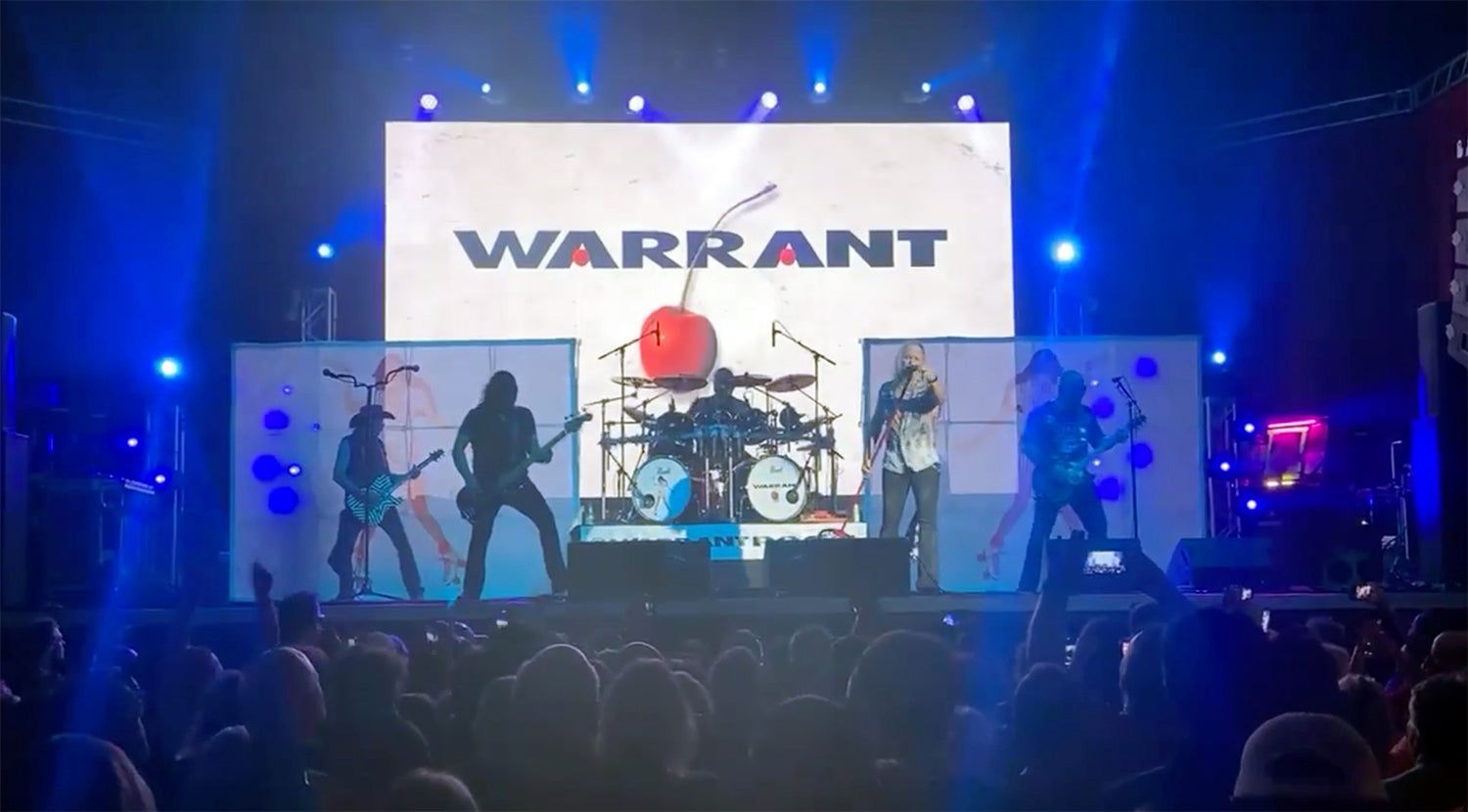


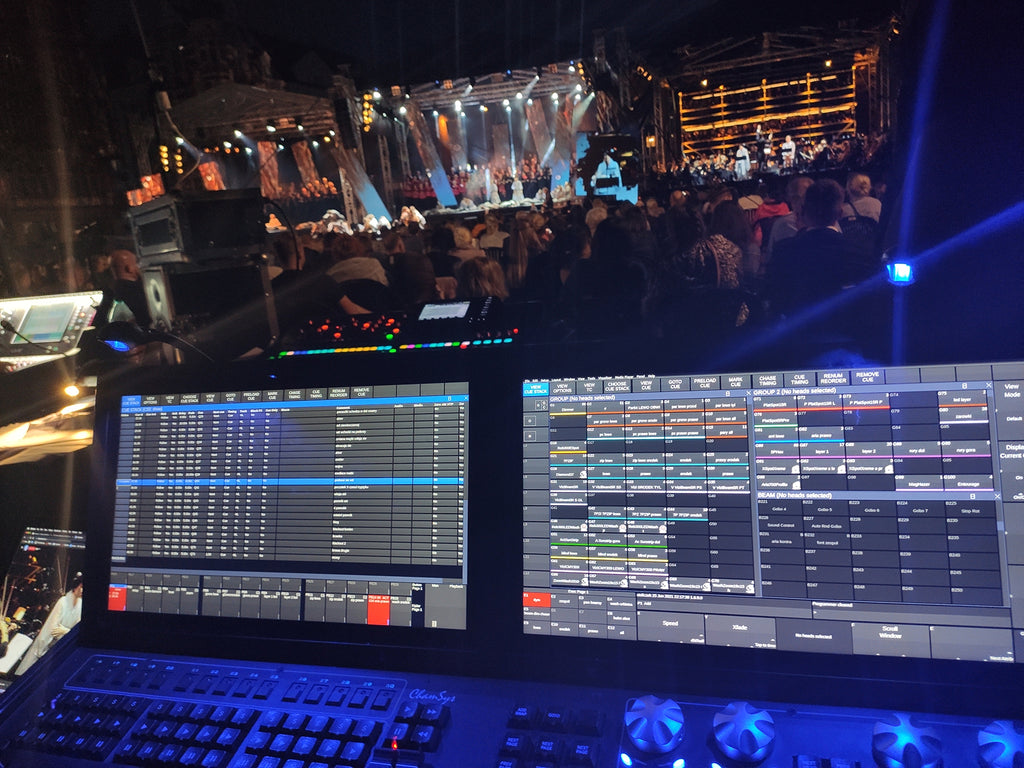 Despite this issue, Hyra was able to create a captivating lighting design that engrossed the large crowd gathered in Byton’s historic Market Square as well as those watching the livestream of one of the most important events in Poland. Dynamic and deftly executed, his smooth color changes and seamless transitions flowed naturally with the traditional Polish folk dancers on stage. Later in the evening, when the initial performers were replaced by a rock band, he created a tour-like show.
Despite this issue, Hyra was able to create a captivating lighting design that engrossed the large crowd gathered in Byton’s historic Market Square as well as those watching the livestream of one of the most important events in Poland. Dynamic and deftly executed, his smooth color changes and seamless transitions flowed naturally with the traditional Polish folk dancers on stage. Later in the evening, when the initial performers were replaced by a rock band, he created a tour-like show.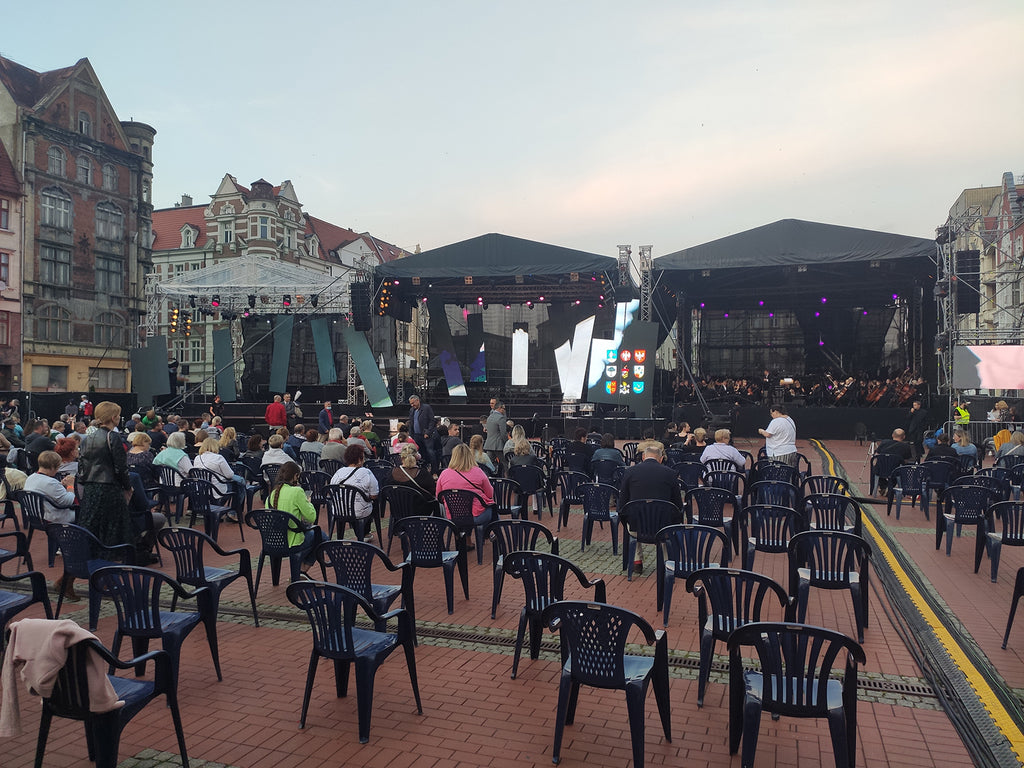 Hyra credits his console’s “easy on the fly cue editing,” with helping him adapt. He notes that thanks to this capability he was able to change looks quickly to reflect the vision of his director. The user-friendly intuitive interface of the
Hyra credits his console’s “easy on the fly cue editing,” with helping him adapt. He notes that thanks to this capability he was able to change looks quickly to reflect the vision of his director. The user-friendly intuitive interface of the 
 Building on the energy of the band’s performance and driving the intensity level ever higher was a 40-universe Niller Bjerregaard light and video show powered by the designer’s two
Building on the energy of the band’s performance and driving the intensity level ever higher was a 40-universe Niller Bjerregaard light and video show powered by the designer’s two 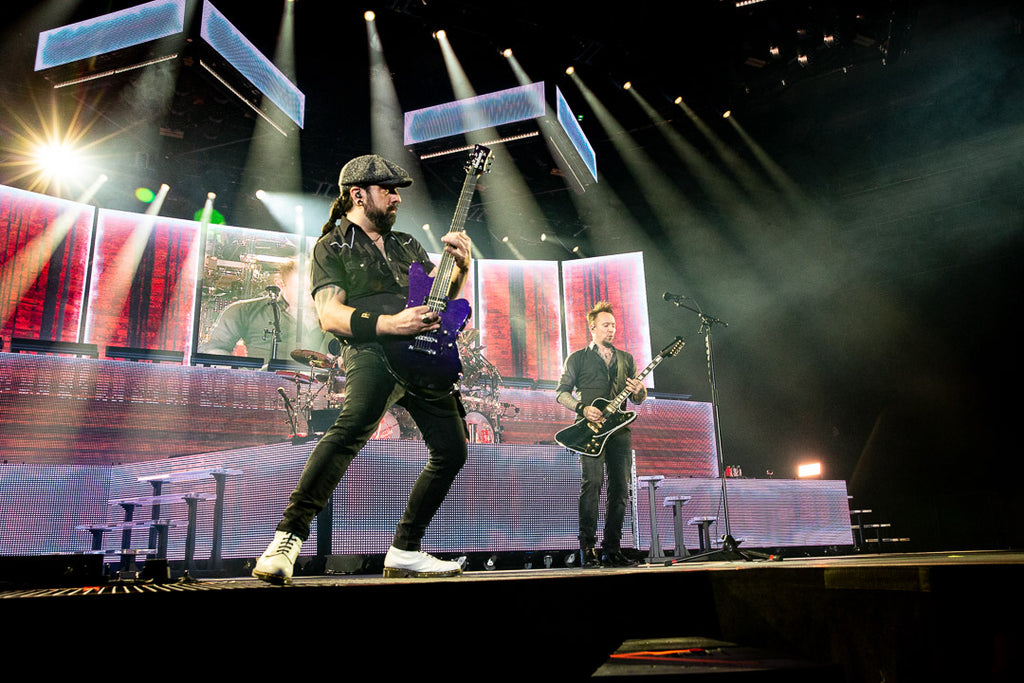 “The broadcast was as original as it gets,” said Bjerregaard. “All elements and features were as they happened that night and nothing was added or changed to enhance the viewer experience. The Stuttgart recordings were part of numerous recordings on that tour, but no elements were used from other shows, so what fans saw was exactly what happened. This video is a close as possible to that night, which is pretty cool.”
“The broadcast was as original as it gets,” said Bjerregaard. “All elements and features were as they happened that night and nothing was added or changed to enhance the viewer experience. The Stuttgart recordings were part of numerous recordings on that tour, but no elements were used from other shows, so what fans saw was exactly what happened. This video is a close as possible to that night, which is pretty cool.”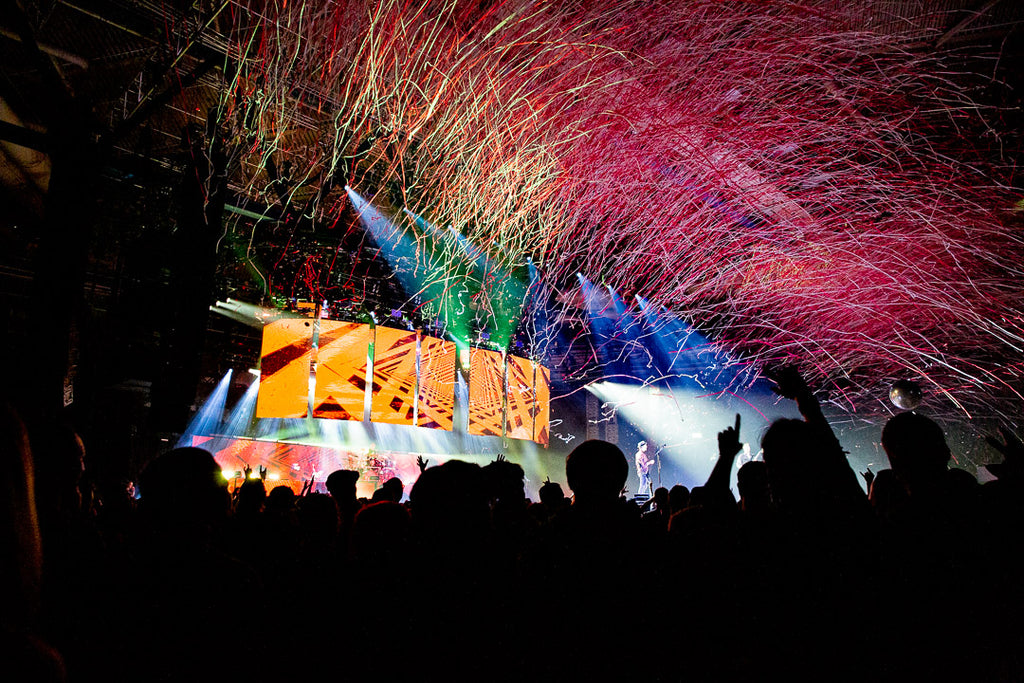 Bjerregaard used the M-Box Media Server. “Michael Austin Smalley, a renowned Light/Media Designer from Las Vegas and great friend, helped me in setting up,” said Bjerregaard. “My MQ500 controlled the media server with special designed video content, including movie clips with matching sound effects through the PA, as well as all camera live feeds.
Bjerregaard used the M-Box Media Server. “Michael Austin Smalley, a renowned Light/Media Designer from Las Vegas and great friend, helped me in setting up,” said Bjerregaard. “My MQ500 controlled the media server with special designed video content, including movie clips with matching sound effects through the PA, as well as all camera live feeds.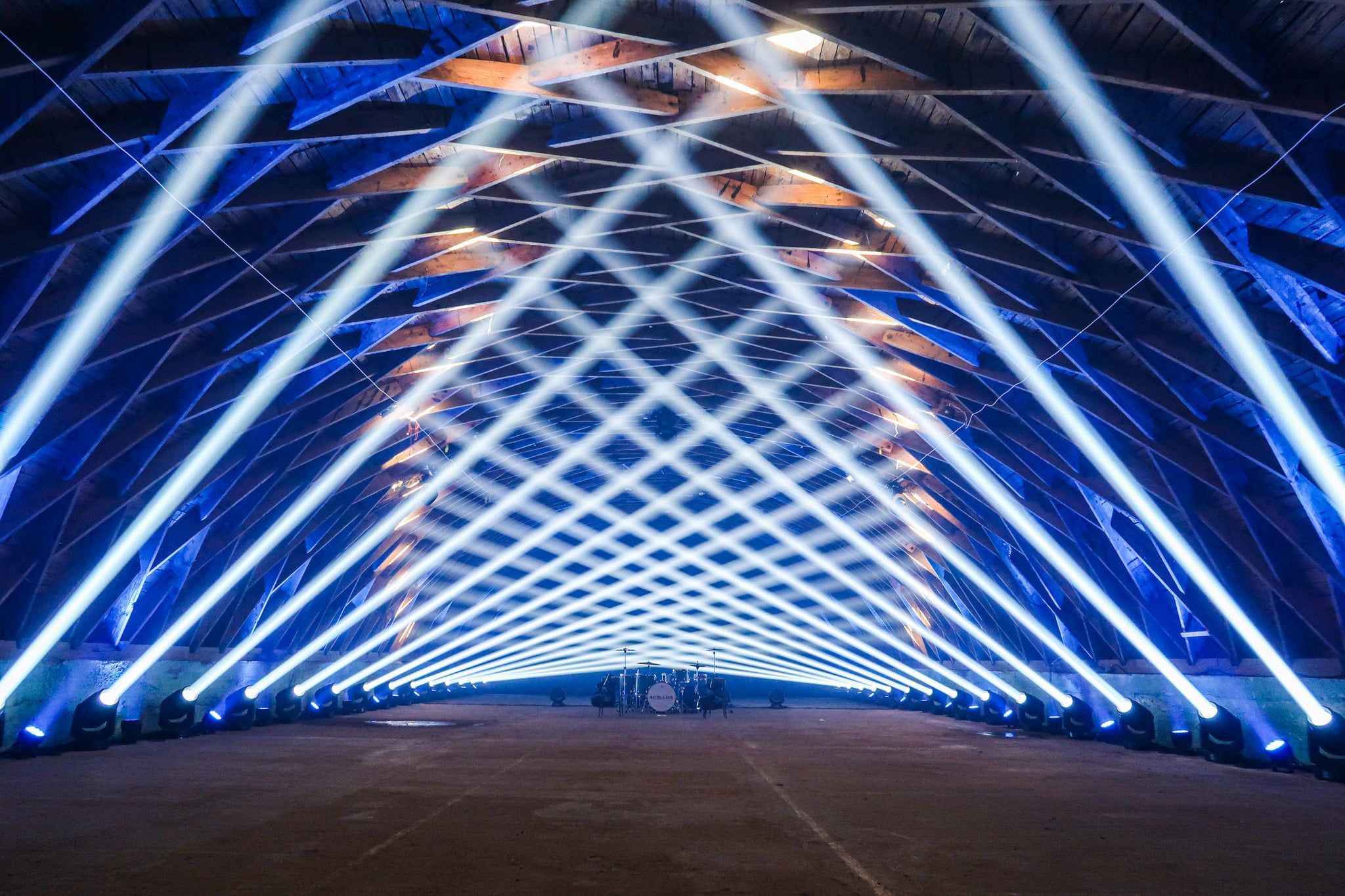
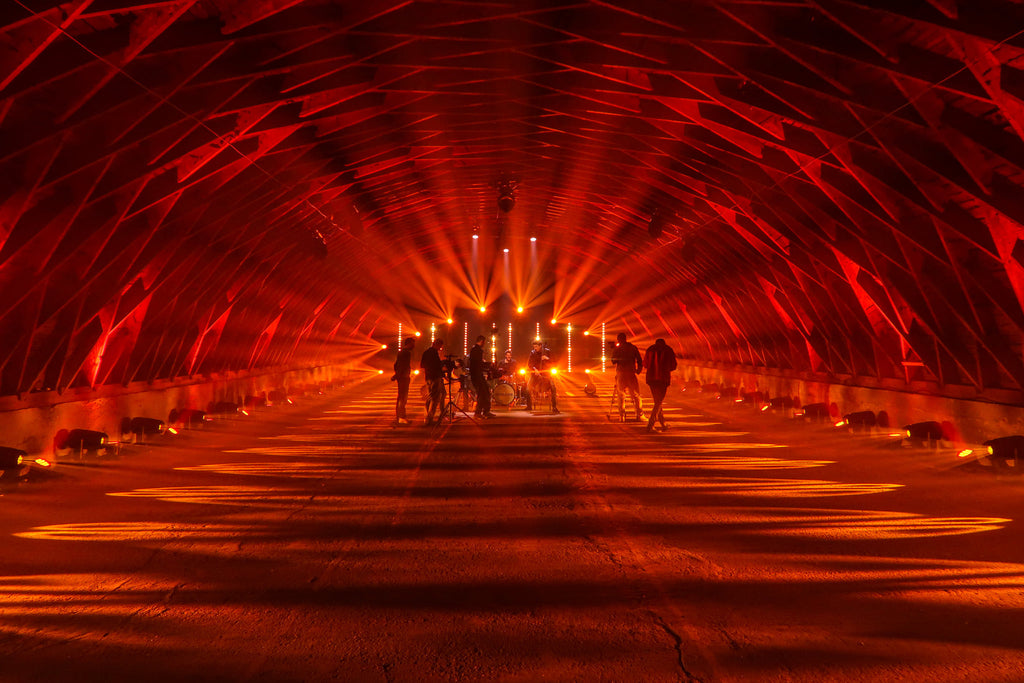 Their bows feverishly jumping off the strings of their instruments, Luka Šulić and Stjepan Hauser, the Croatian cellists who make up the group, mange to push the oft-played rock classic to new levels of intensity. Reflecting the driving force of their performance visually throughout the 4 minute and 21 second video is a dynamic and intricately layered light show by Crt Birsa of Slovenia-based Blackout Lighting Design.
Their bows feverishly jumping off the strings of their instruments, Luka Šulić and Stjepan Hauser, the Croatian cellists who make up the group, mange to push the oft-played rock classic to new levels of intensity. Reflecting the driving force of their performance visually throughout the 4 minute and 21 second video is a dynamic and intricately layered light show by Crt Birsa of Slovenia-based Blackout Lighting Design.  “I didn’t want to go multicolor,” he said. “Basic palettes were the most well-suited for this venue. Patterns and movement were what I relied on to visualize the music in a way that stood out.
“I didn’t want to go multicolor,” he said. “Basic palettes were the most well-suited for this venue. Patterns and movement were what I relied on to visualize the music in a way that stood out.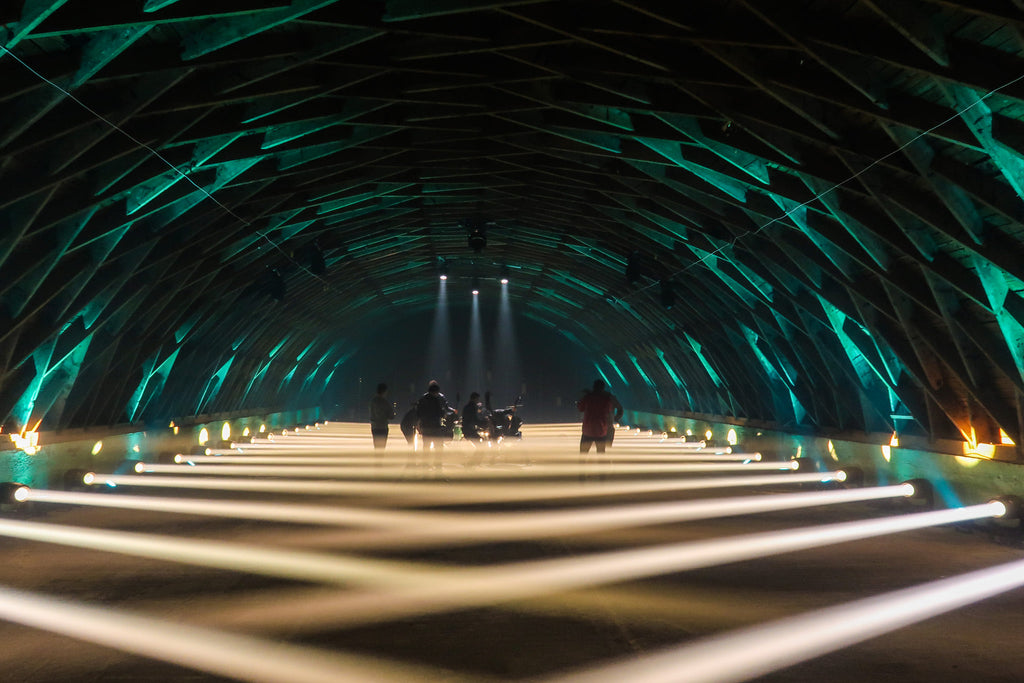 Birsa notes that the Time Code and Cue Editing features his
Birsa notes that the Time Code and Cue Editing features his  “The MQ80 is a compact unit, but its powerful enough for elaborate jobs, and it’s a straight forward console to run,” he said. “For me, it’s the perfect console to take it on the field when I have a pre-programmed show and all I have to do is make some corrections. It also has UPS inside, which is most useful when you run the whole system by generator. If it runs out of fuel or something else happens, you have the chance to save the show and shut down securely. Really, this console has never let me down.”
“The MQ80 is a compact unit, but its powerful enough for elaborate jobs, and it’s a straight forward console to run,” he said. “For me, it’s the perfect console to take it on the field when I have a pre-programmed show and all I have to do is make some corrections. It also has UPS inside, which is most useful when you run the whole system by generator. If it runs out of fuel or something else happens, you have the chance to save the show and shut down securely. Really, this console has never let me down.”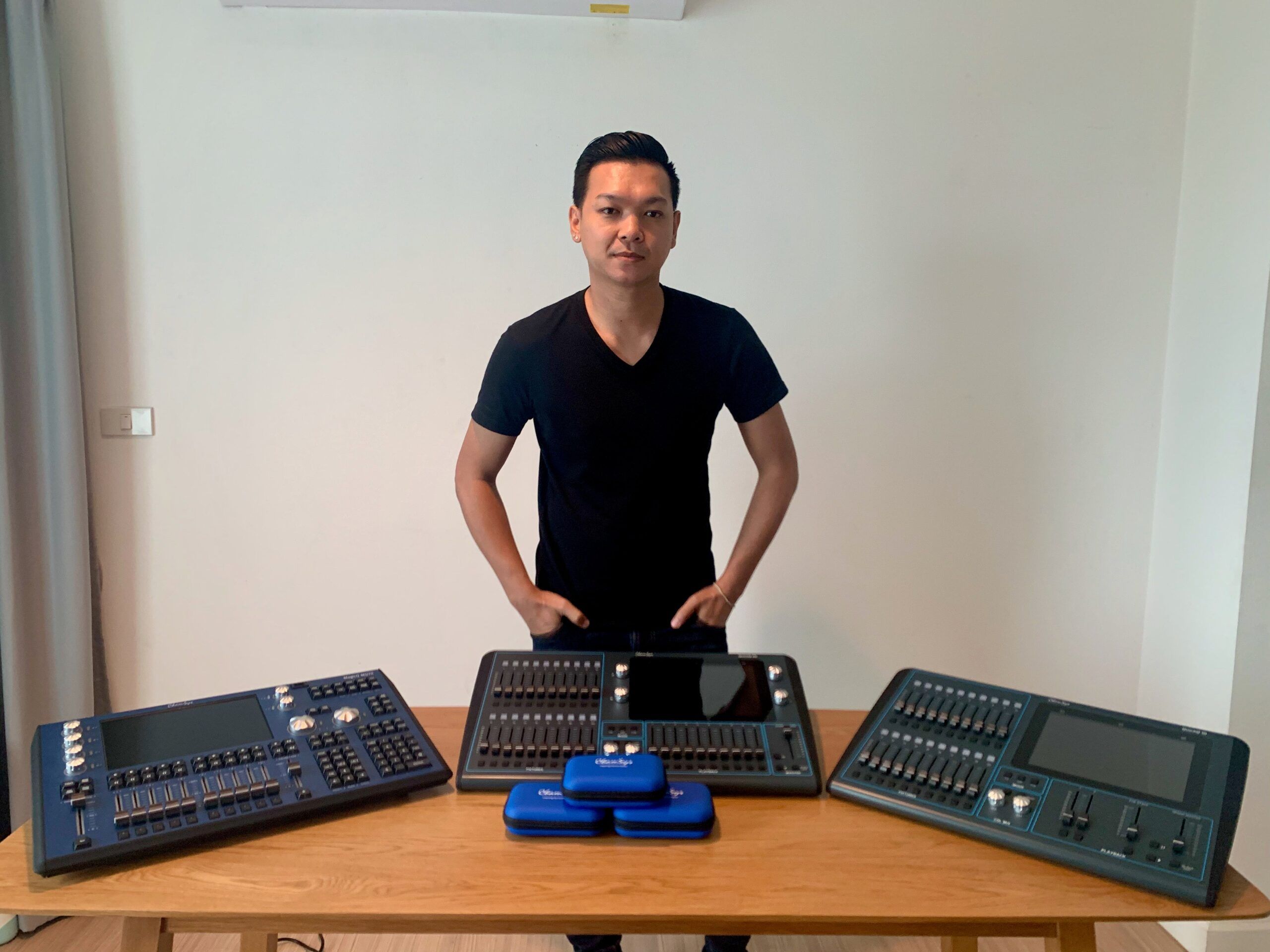
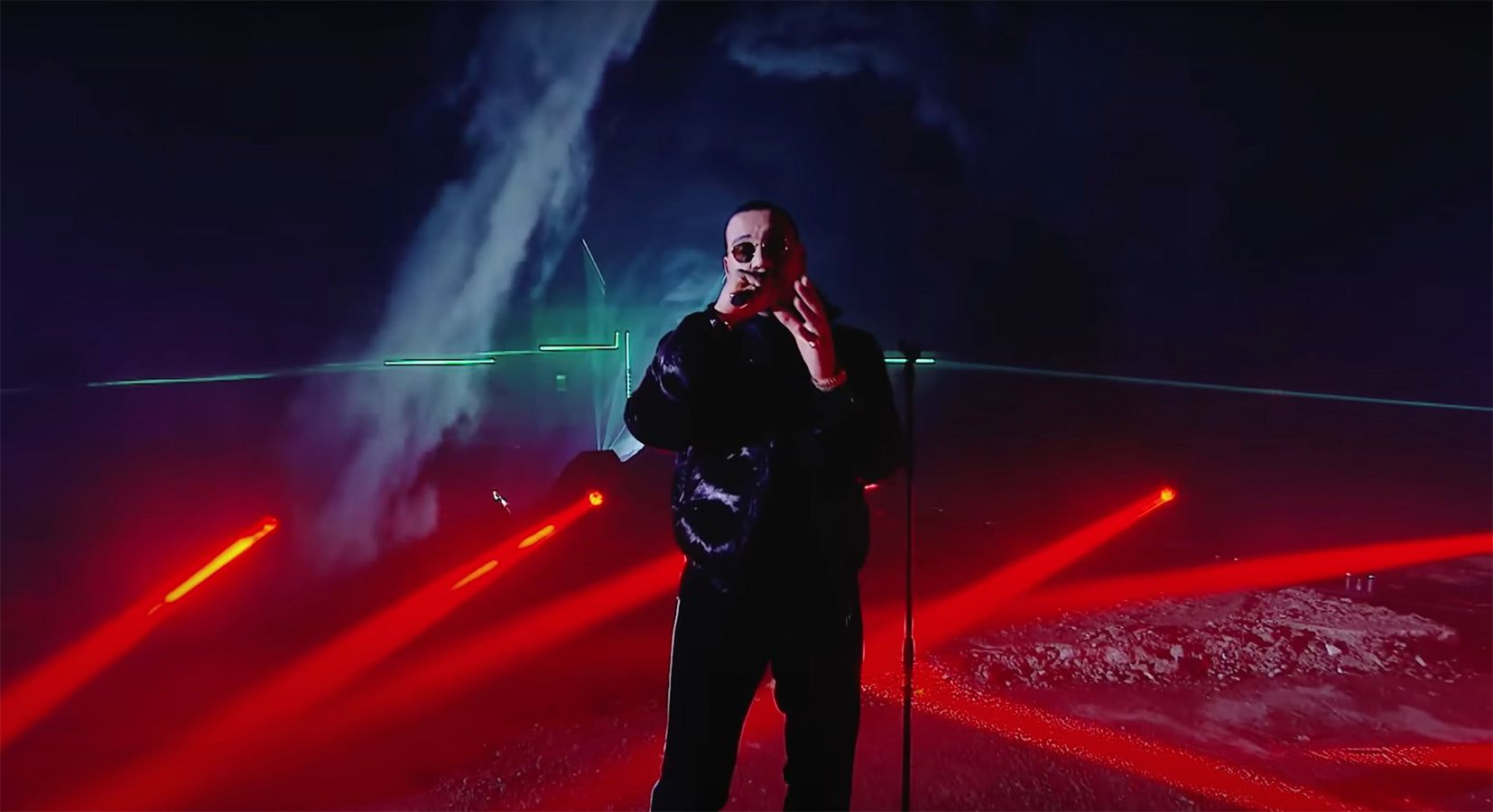
 Drawing on the brooding aura of its physical setting, Babenhausen Kasserne, an abandoned and desolate former military base that was built 120 years ago, the video evokes a haunting air of mystery. This quality is accentuated by Adrian Schmidt’s riveting lighting design that he powered with his ChamSys
Drawing on the brooding aura of its physical setting, Babenhausen Kasserne, an abandoned and desolate former military base that was built 120 years ago, the video evokes a haunting air of mystery. This quality is accentuated by Adrian Schmidt’s riveting lighting design that he powered with his ChamSys 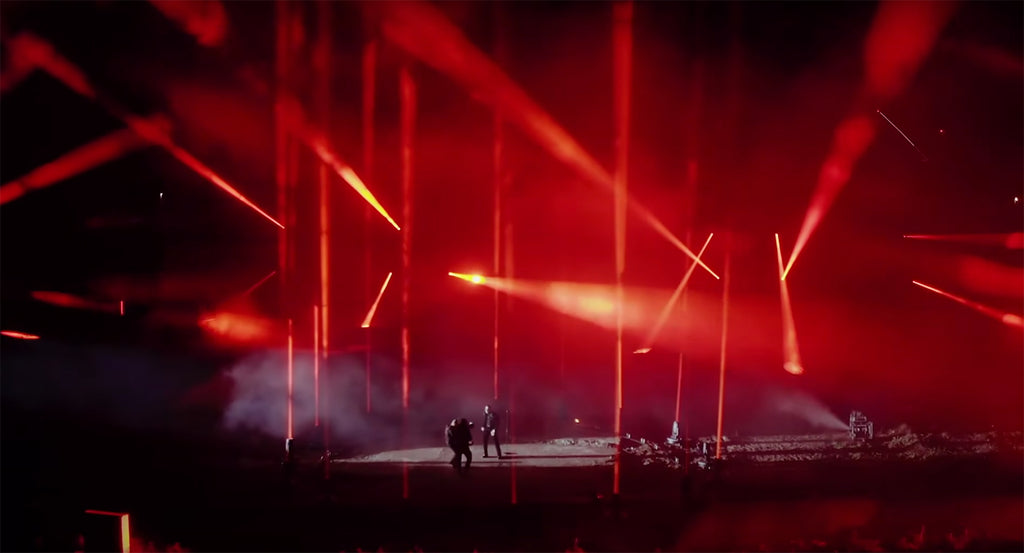 Throughout the video, Schmidt creates wave after wave of lighting intensity that includes towering aerial effects, brilliant white flashes, and cascading “waterfalls” of light. Helping him navigate his way through this vortex of looks was his trusty console.
Throughout the video, Schmidt creates wave after wave of lighting intensity that includes towering aerial effects, brilliant white flashes, and cascading “waterfalls” of light. Helping him navigate his way through this vortex of looks was his trusty console.  “All the features of the ChamSys helped me in this project, as we had limited infrastructure, a huge (113m x 85m) area, and long cables for data transmission via ArtNet,” said Schmidt. “We also had very little time for setting everything up, as the sun went down at 5 pm. My console performed flawlessly through it all.”
“All the features of the ChamSys helped me in this project, as we had limited infrastructure, a huge (113m x 85m) area, and long cables for data transmission via ArtNet,” said Schmidt. “We also had very little time for setting everything up, as the sun went down at 5 pm. My console performed flawlessly through it all.”